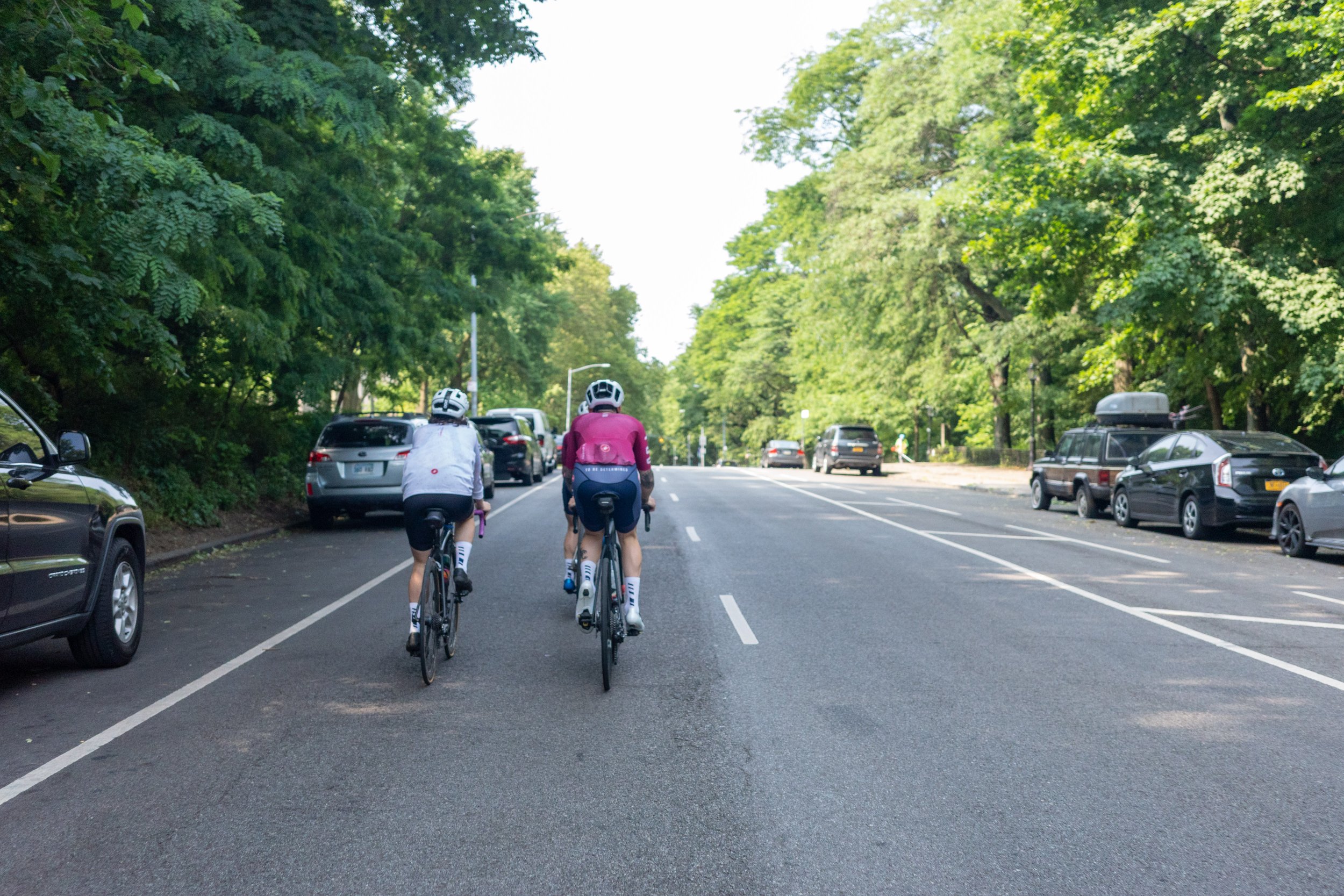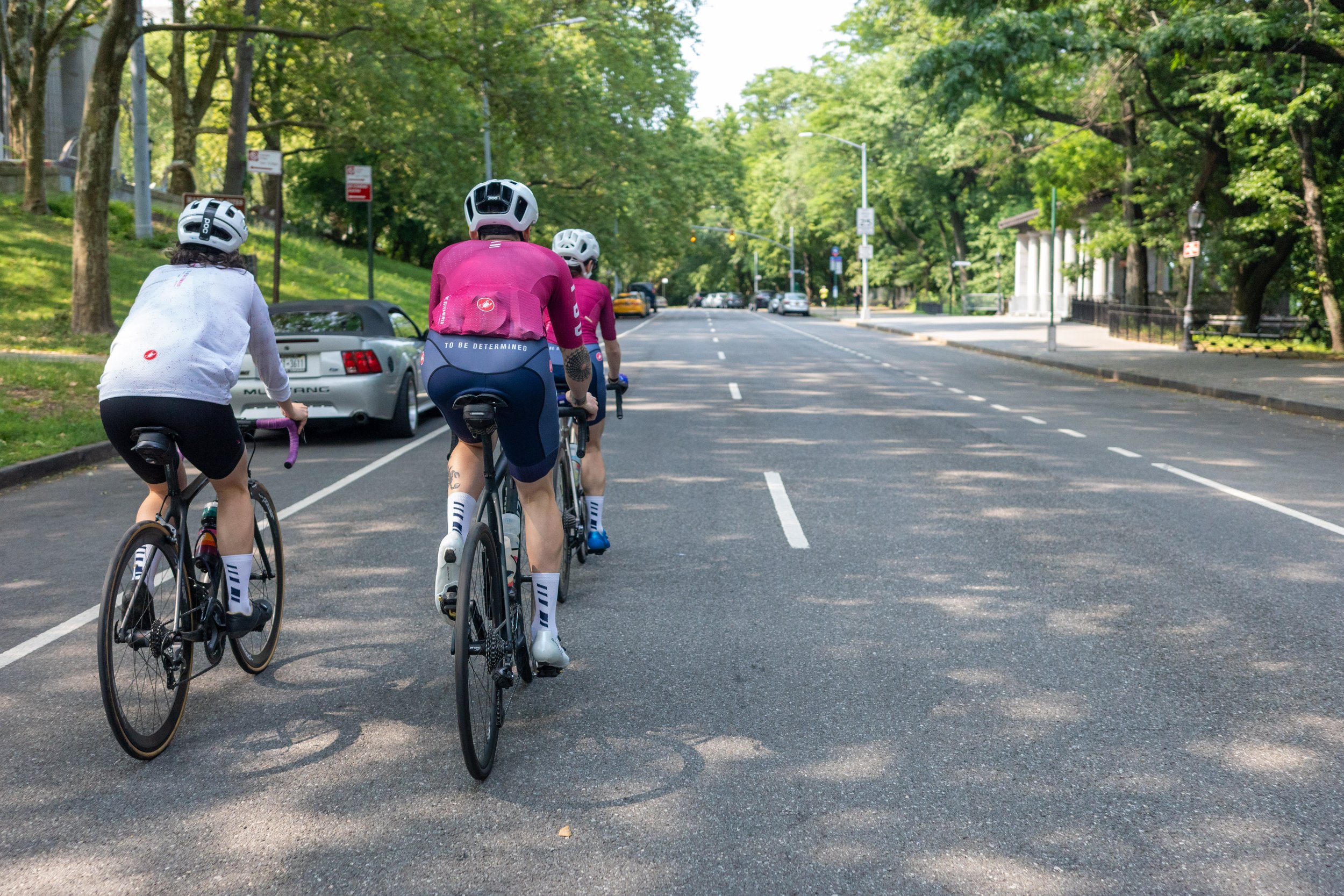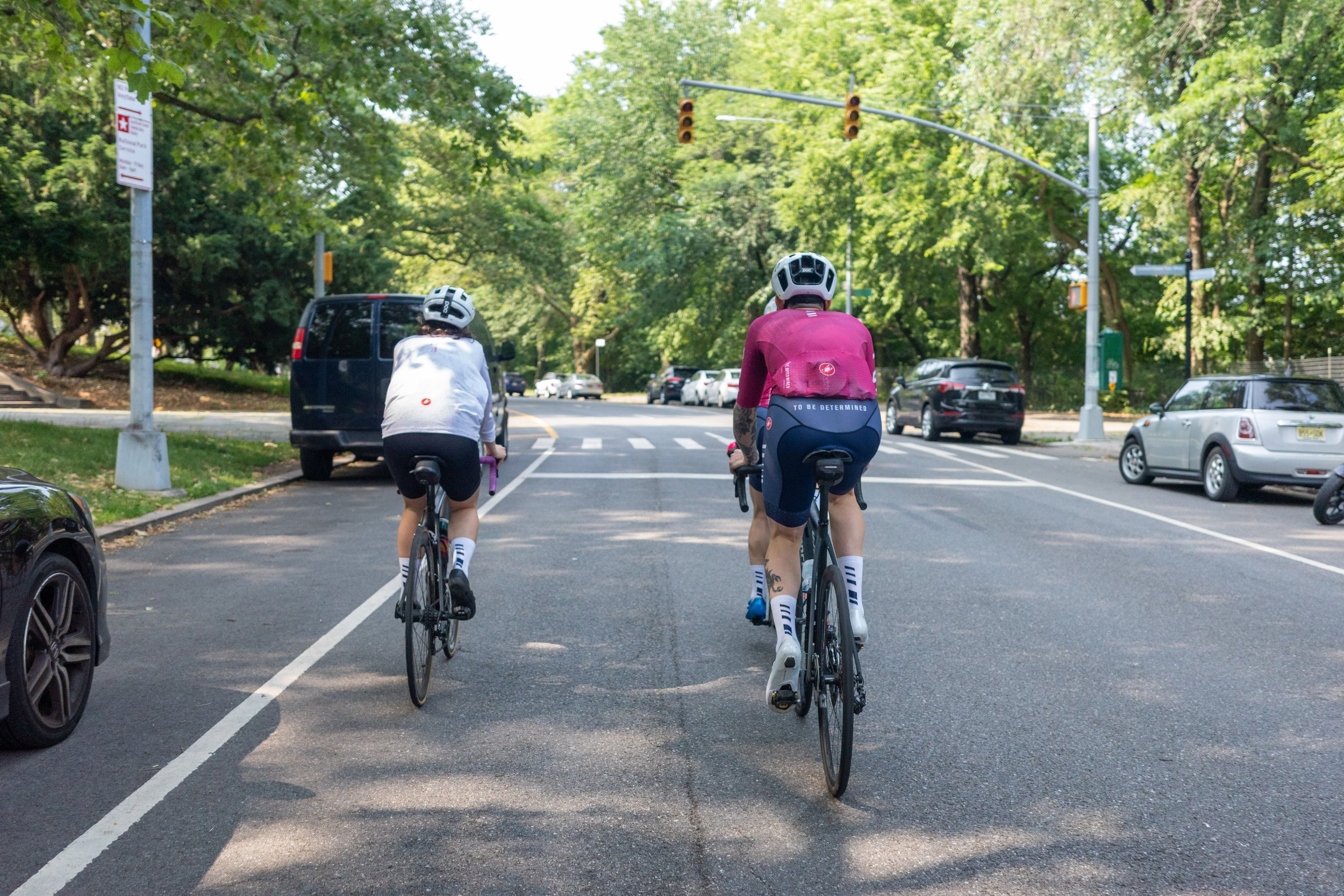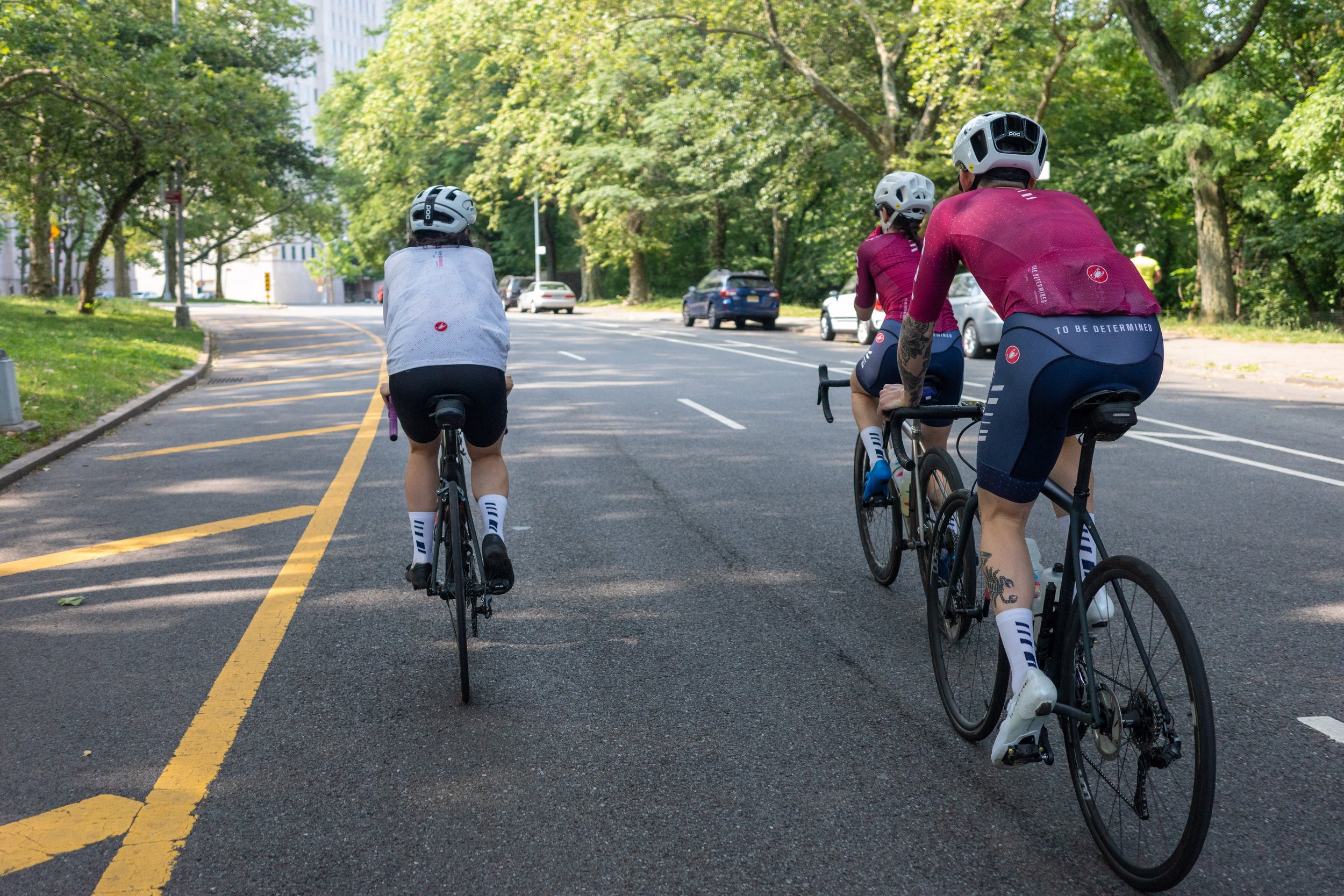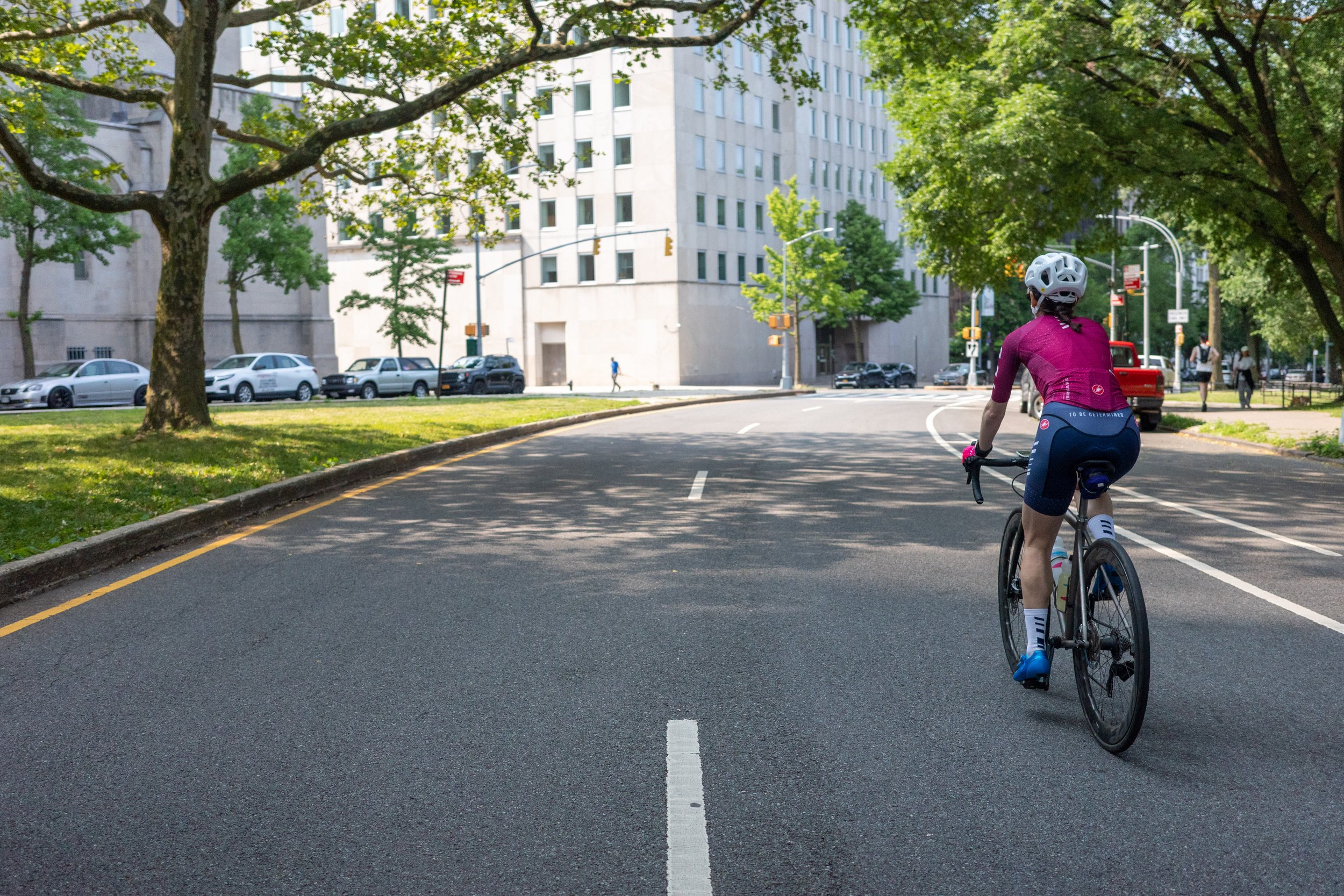Grant's Tomb Criterium Race Guide (2023)
We have raced it. We have directed it. And we have written about it oh so many times. After all that, we’re pretty sure that this weekend’s Grant’s Tomb Criterium is one of the best races that New York City has to offer.
So before Saturday rolls around, we did an in-depth recon of the course. Continue on for our full thoughts on the current course conditions - including the latest look at the ongoing construction in corner three.
Grant's Tomb Crit: the Course
Grant's Tomb is a relatively straightforward 0.9 mile five corner course with modest elevation changes. But thanks to the short 122nd Street climb, it is a venue that can quickly sap your energy if the racing is aggressive. Field sprints are the most common outcome at Grant’s Tomb, but breaks do succeed when the right combination of riders get off the front and work together.
Also, for the course map below, keep in mind that typically (1) both staging and the race start take place on the Northbound side of Riverside Drive and West 122nd at the top of the climb and (2) the finish line often moves slightly North/South on Riverside Drive from year to year.
Corner 1: Riverside and 120th Street (Left Turn)
Outside of race day, Riverside and 120th Street is a wide open left hander. But on race day the corner is often narrowed to maintain vehicle access to the garage underneath the Riverside Church (the garage entrance is on the North side of 120th between Riverside Drive and Claremont). So don’t be caught off-guard if this is a tighter corner than you might expect.
However since the corner follows the long uphill finish straightaway the field is rarely at top speed and there is plenty of room to maneuver on Riverside Drive going into the corner. If anything, the tighter barrier layout only helps to string out the field which ultimately makes for safer racing (compared to say a wide open course like the Harlem Criterium).
For race strategy keep in mind that if the field comes into corner 1 strung out, there is not much room to pass or make up ground through the more technical South end of the course. This is especially important in the final laps of the races - unless you trust yourself to make up a bunch of ground on Riverside, you’ll want to be well positioned through corner 1.
The corner is in good shape other than some slightly rough pavement on the outside of the turn. There are two manhole covers in the crosswalk, but as long as its dry on race day these aren’t anything to worry about. And especially now that 120th is freshly paved, this section of the course is very fast.
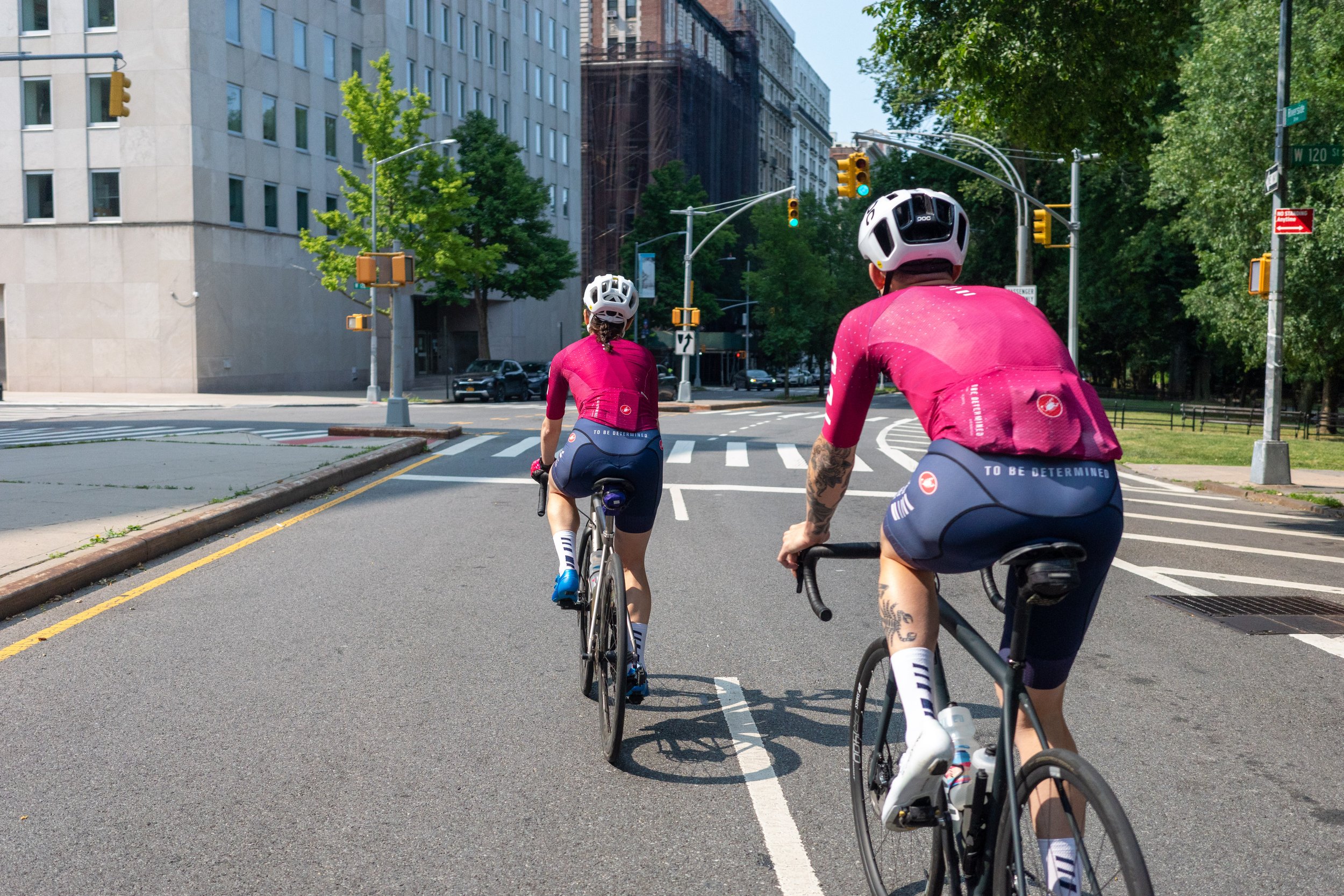
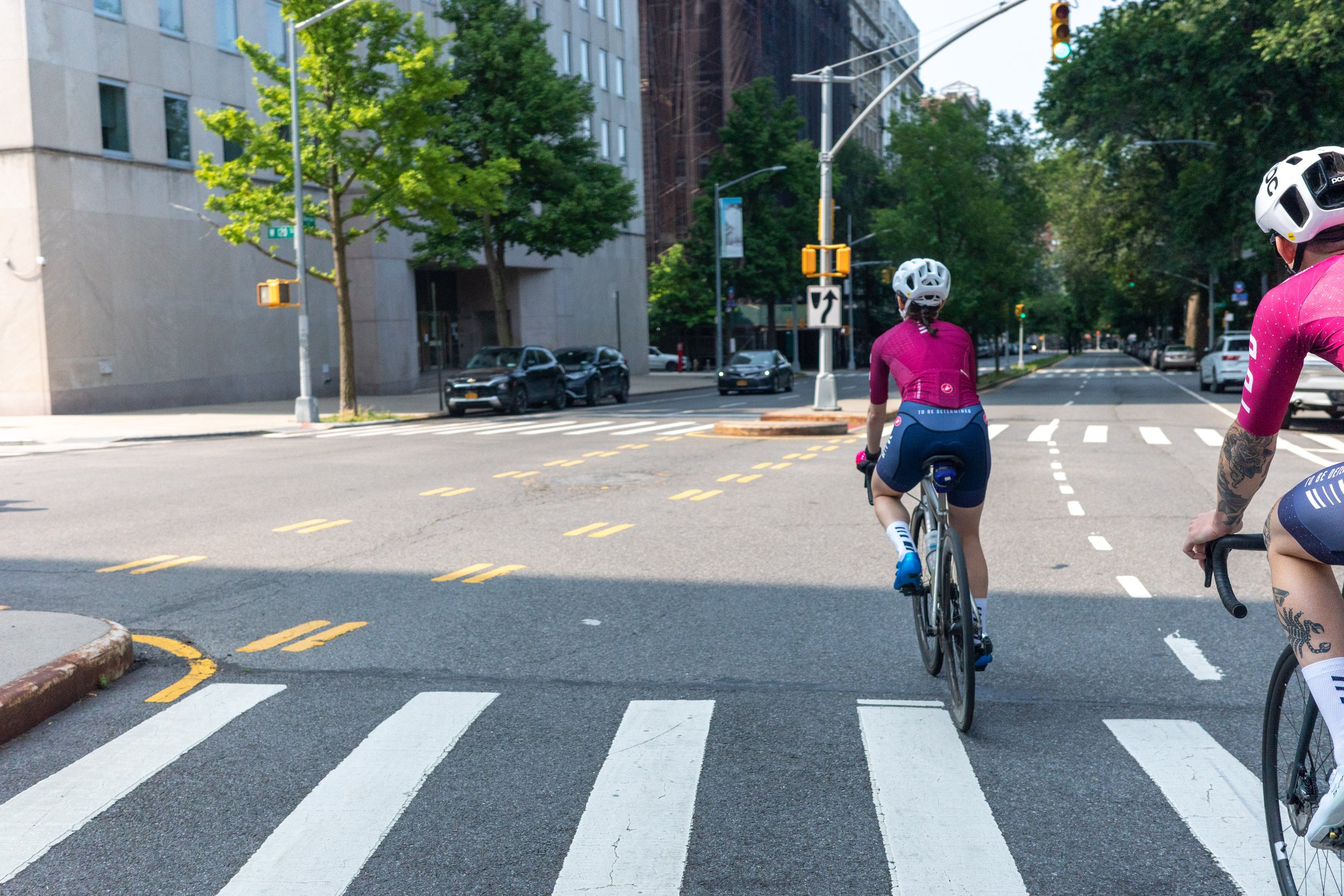
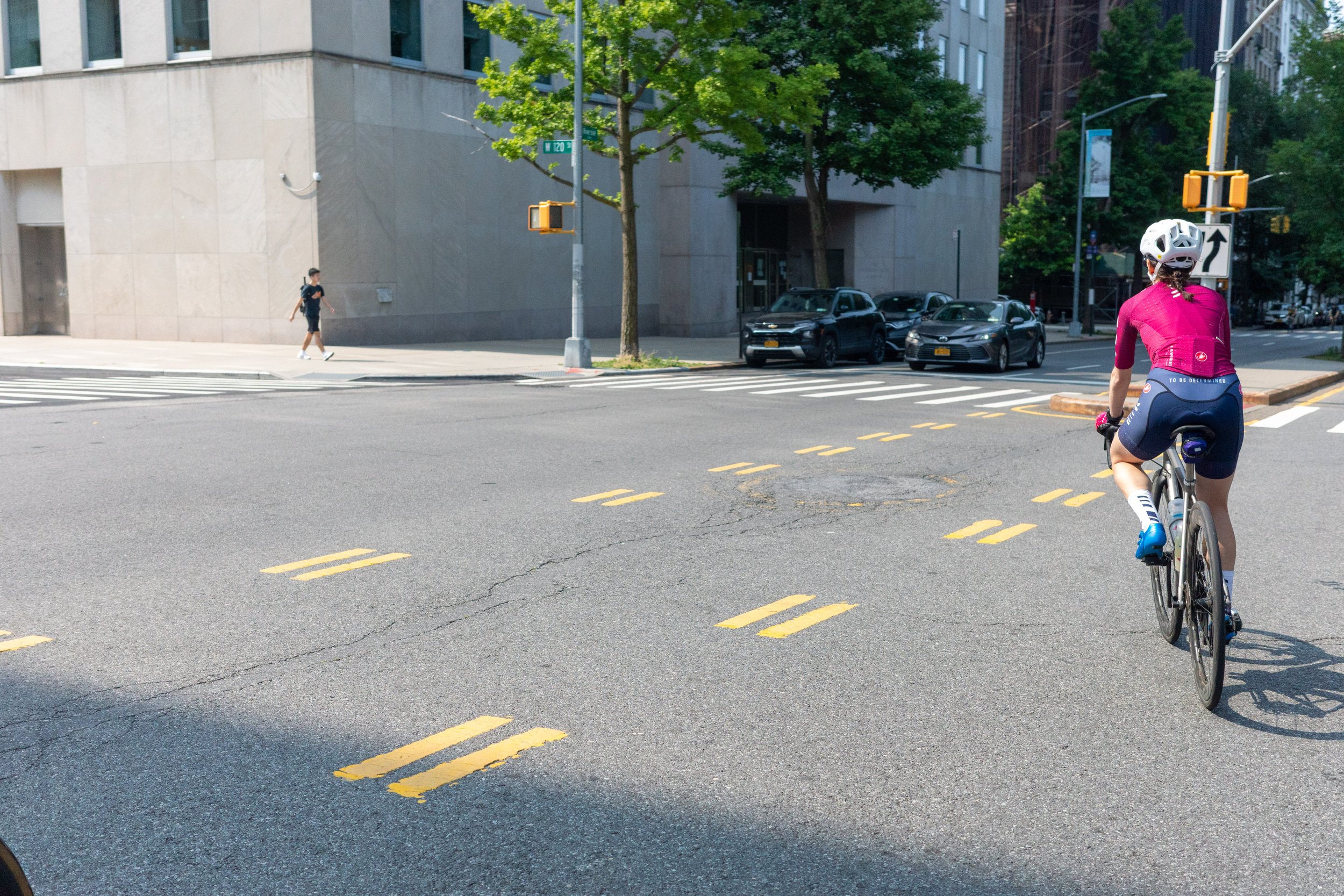
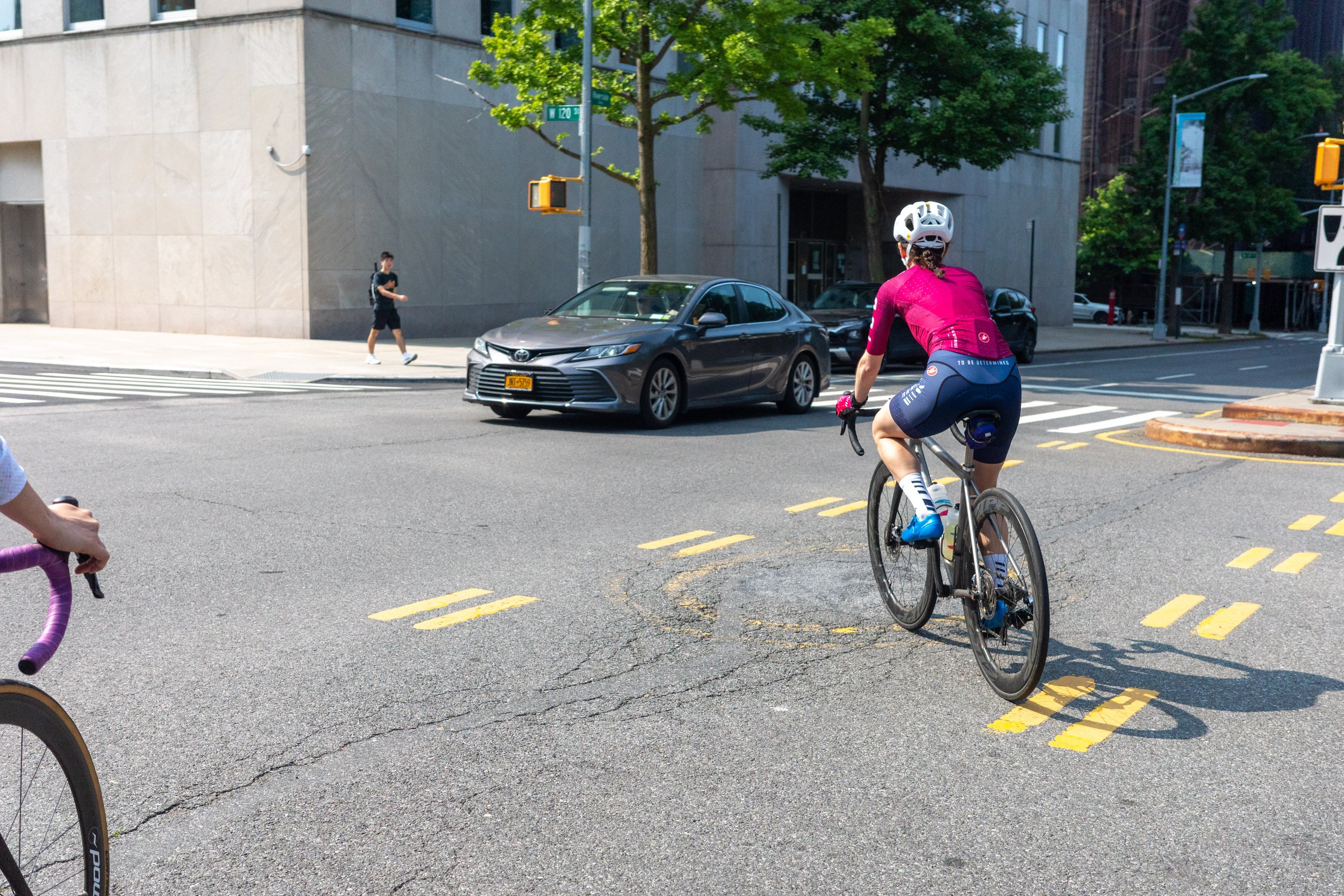
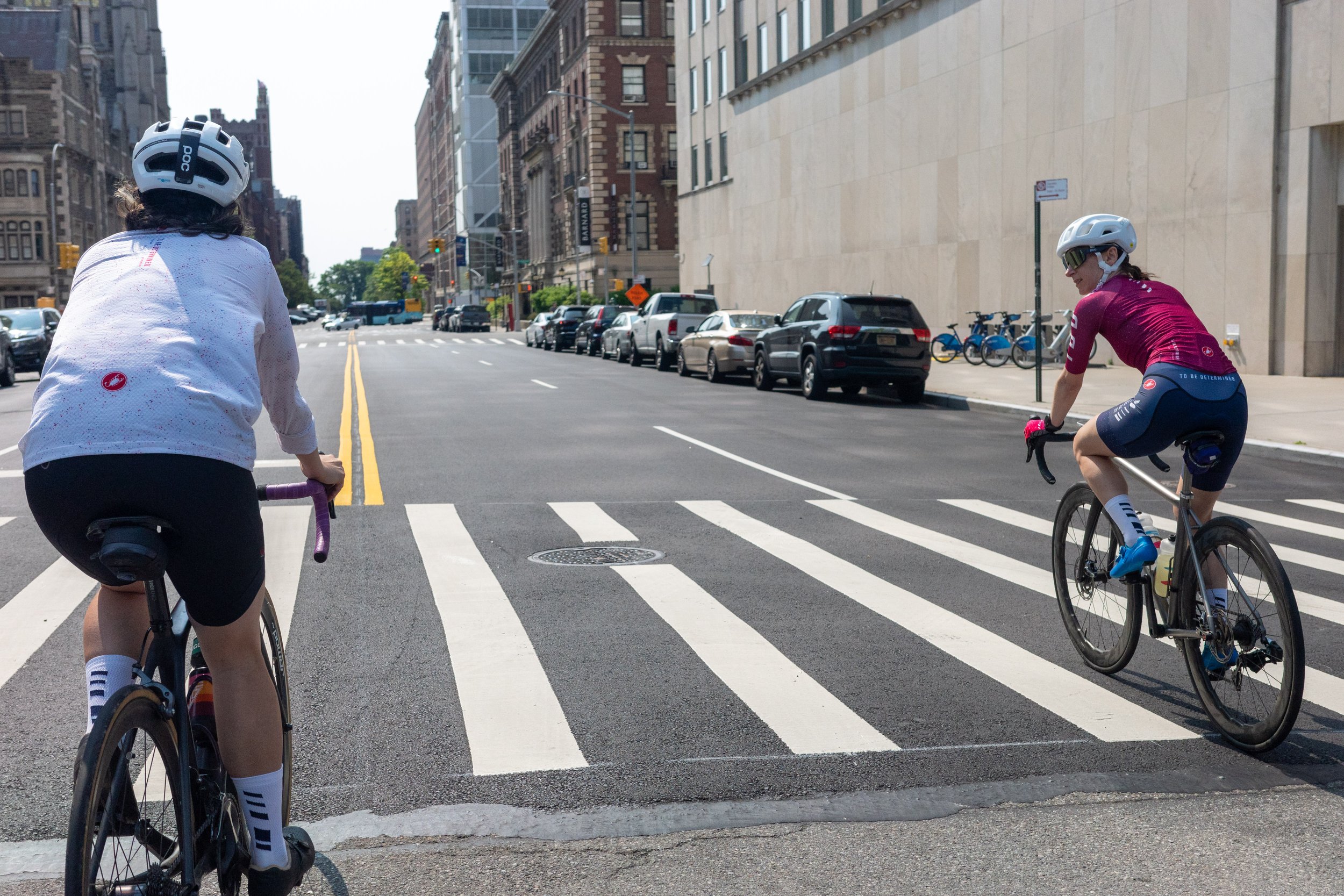
Corner 2: 120th Street and Claremont (Left Turn)
Corner two is a straightforward left-hand affair, but with continued construction in corner 3, the exit of the corner narrows mid-way down the following straightaway. Watch for is the manhole cover on the inside line and another in the middle of the cross walk, but as long as it is dry on race day neither of these should cause any trouble. This will probably be a full-speed turn and it seems like there won’t be much room to pass on Claremont so pace through this corner will benefit those on the front (or in a breakaway).
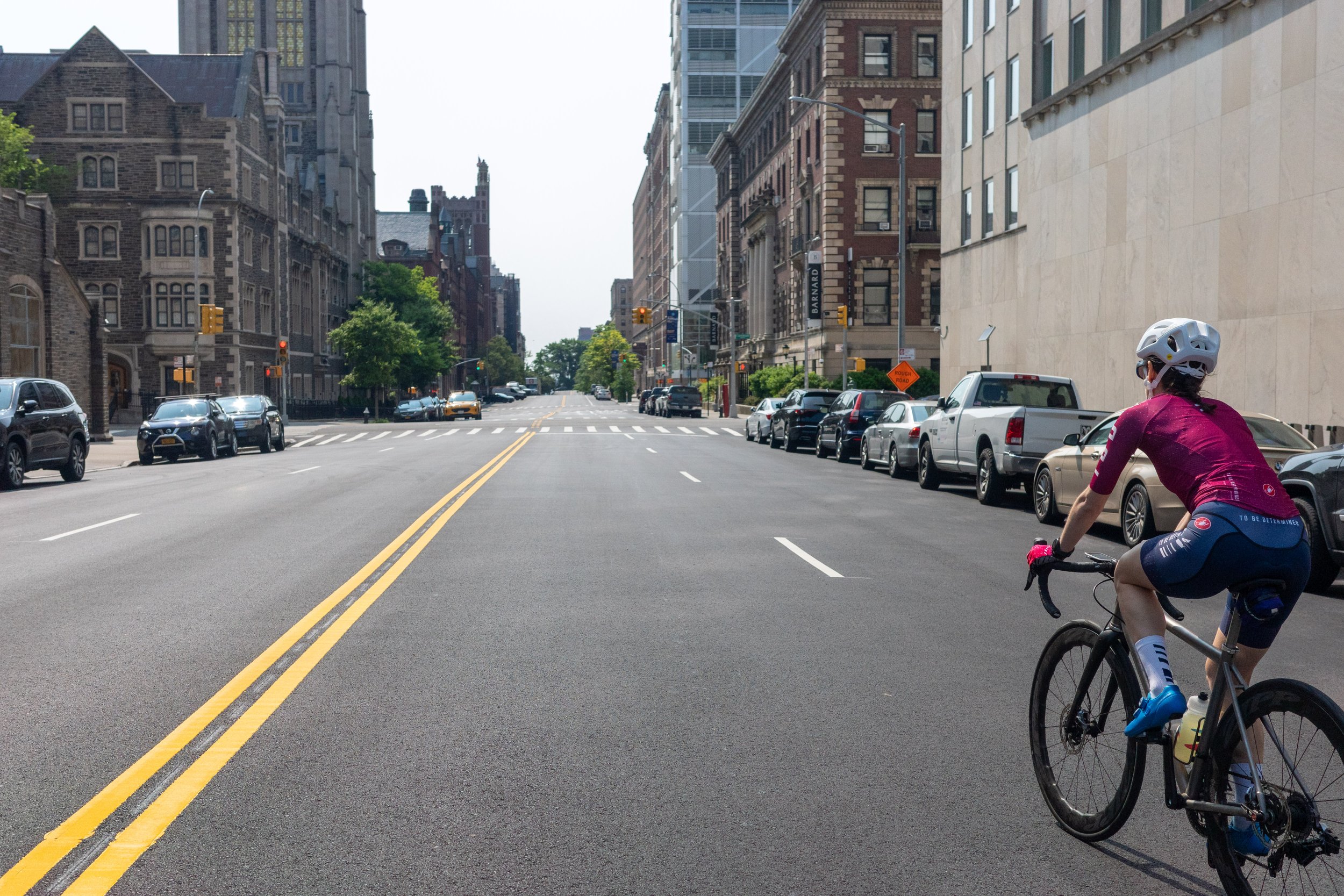
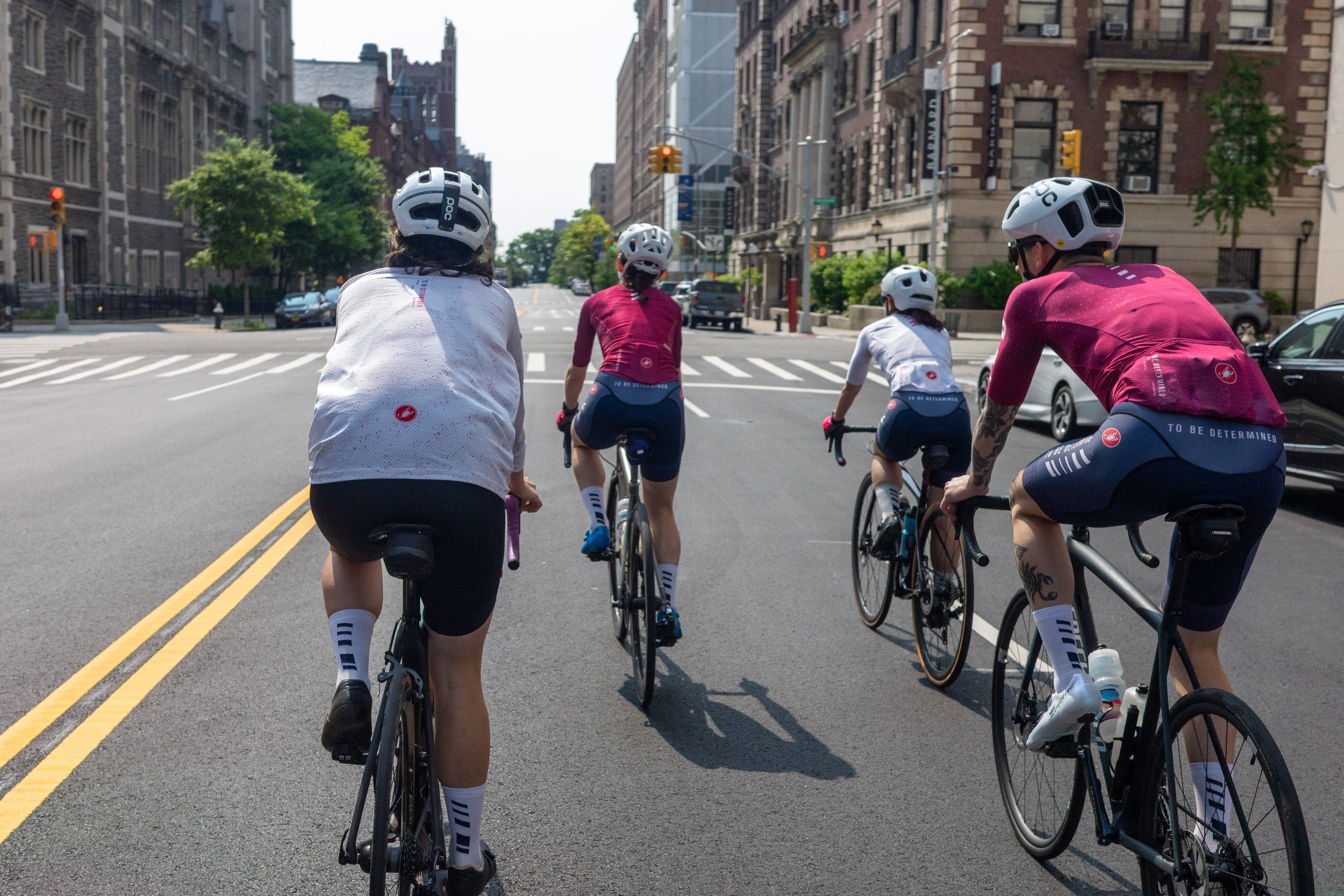
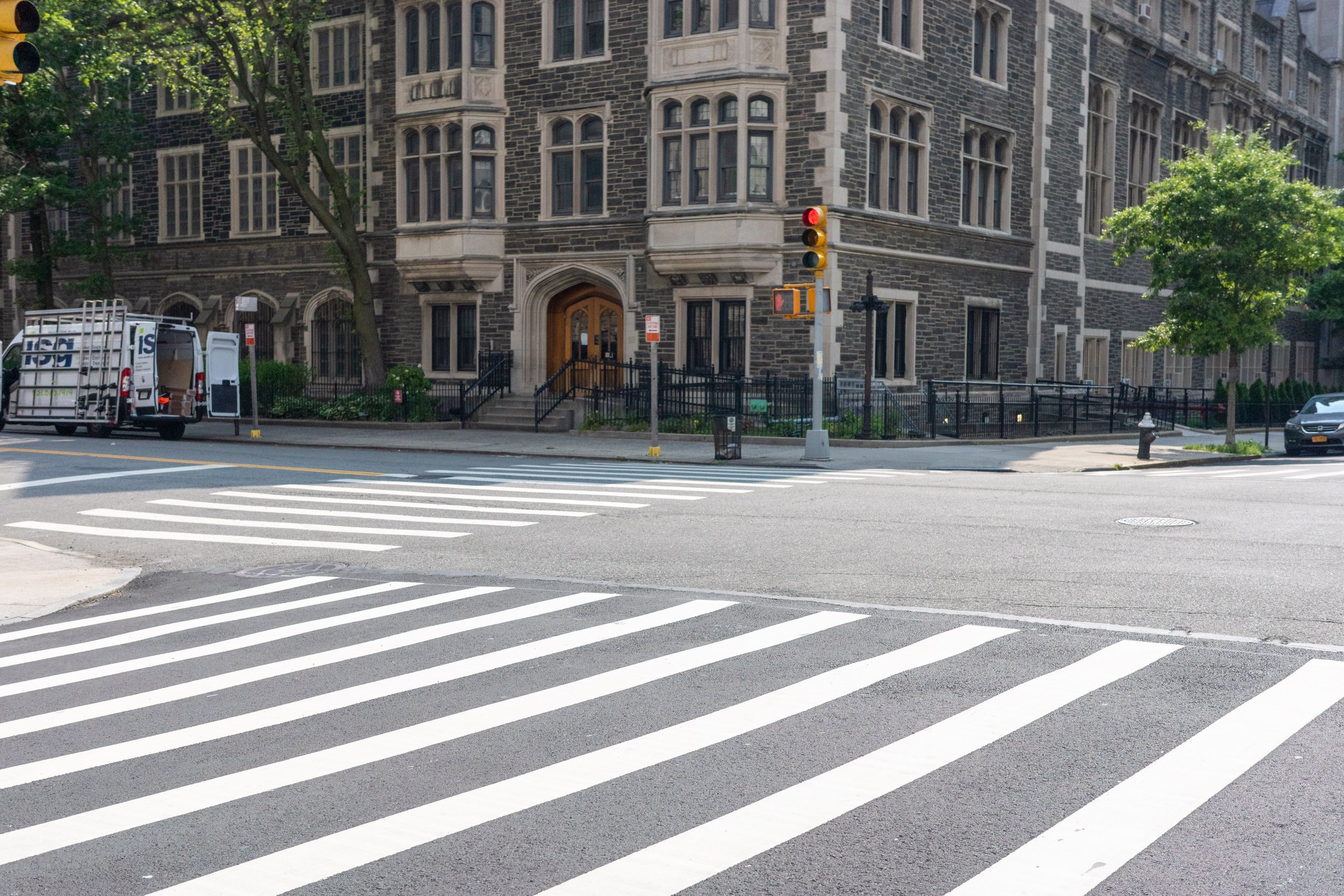
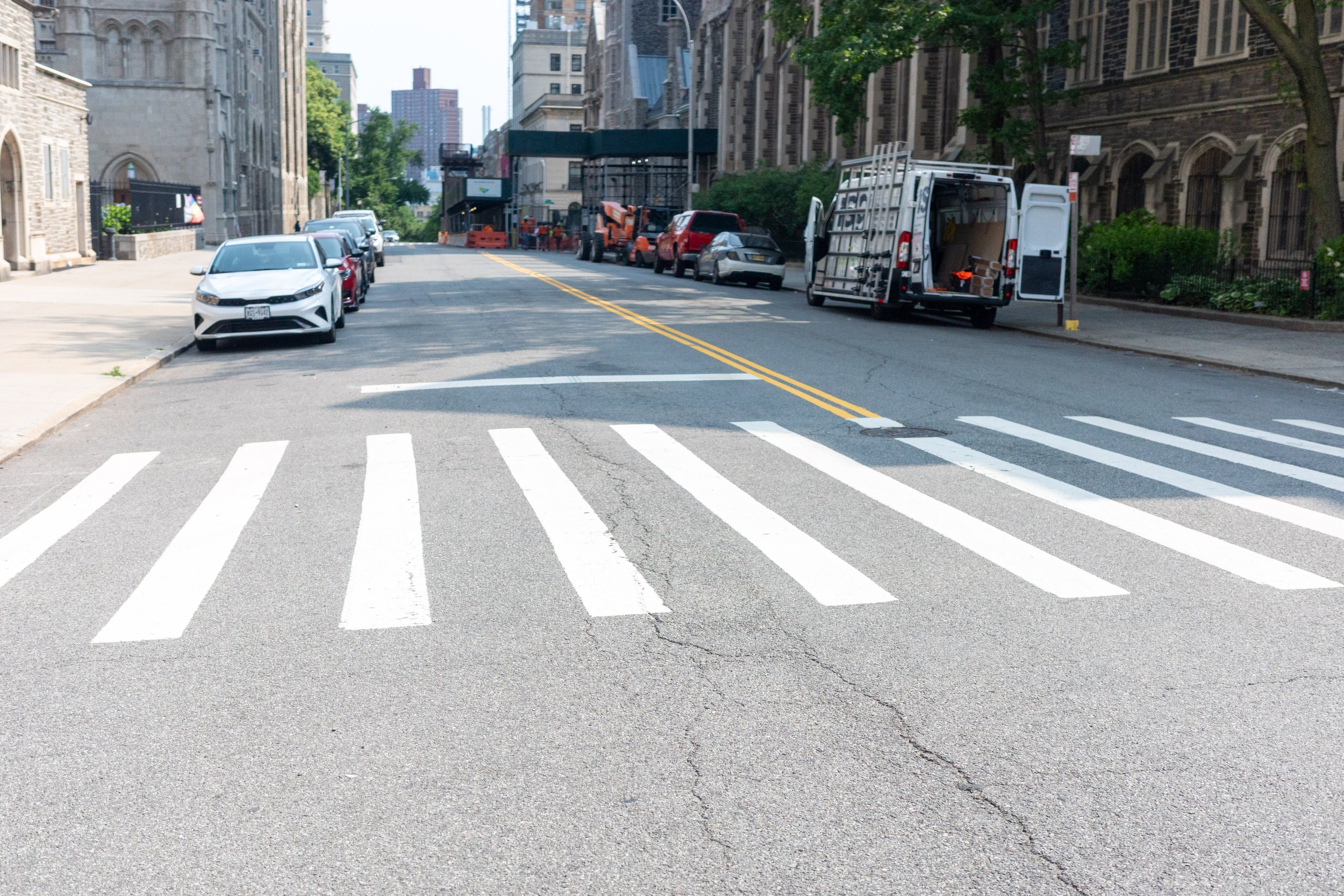
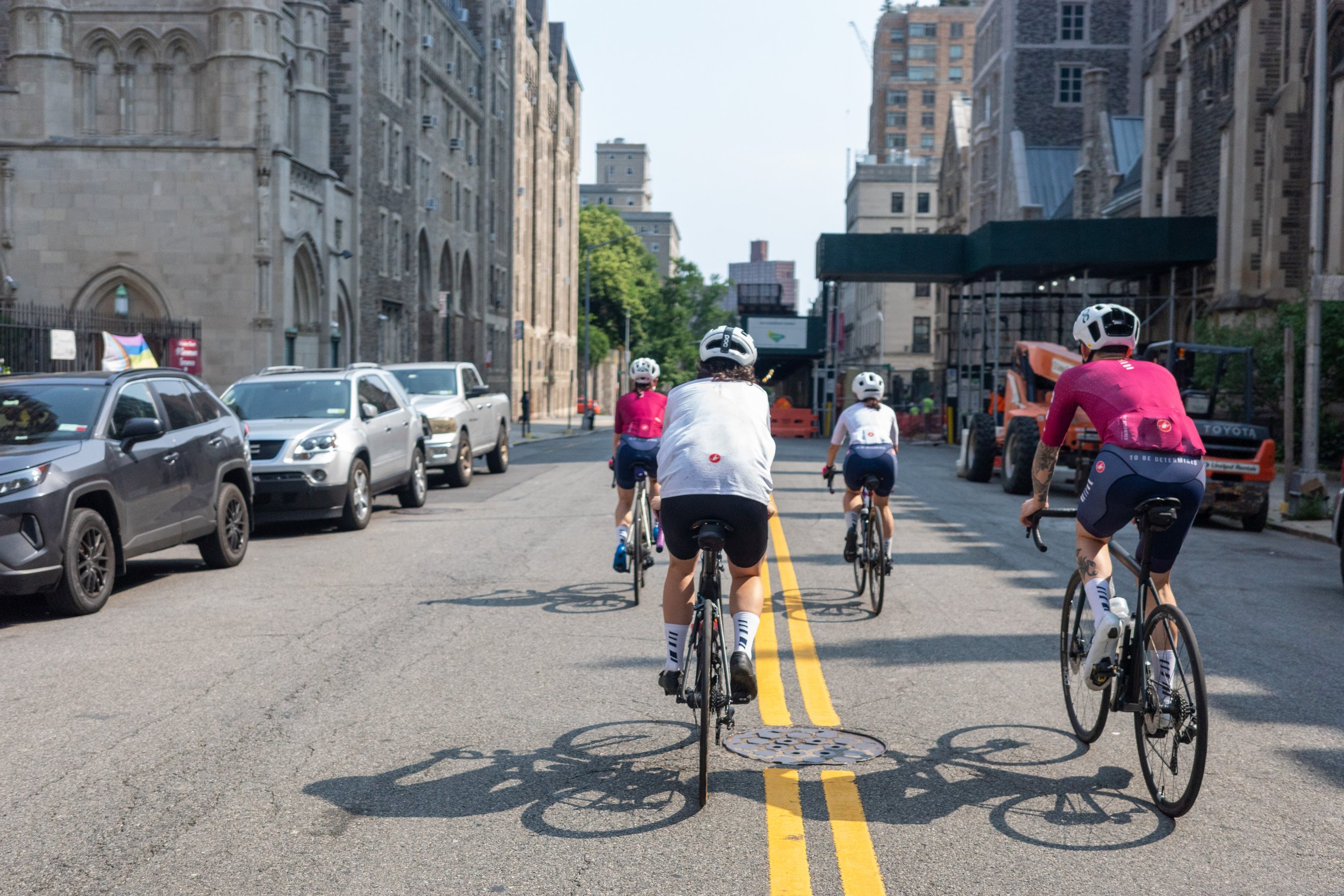
Corner 3: Claremont and 122nd Street (Left Turn)
Corner three is the most interesting and important on the course. The field typically picks up momentum on the downhill straight on Claremont Avenue making it the fastest of the four 90-degree turns on the course. And since the turn drops racers right onto the climb up 122nd Street, riders on the front of the pack with clean lines have the benefit of the best momentum to roll over the top of the climb. Importantly, construction leading into the corner on the East side of Claremont Avenue means the racing lane remains narrowed by half - the same as last year’s race.
Whereas larger fields could pretty easily take corner three two or three riders wide in prior years, this year will once again be much tighter racing. So if you have a good line and can take the corner at speed you will benefit even more than usual as you’ll be able to float over the hill with a few pedal strokes as anyone who brakes into the corner likely bogs down.
Last year the fields seem to do a good job maneuvering into the narrower section of the course, but this is something to pay attention to on race day. Corner three also features a few road grates and manhole covers on the preferred inside lines seen in the picture below. It's worth keeping these in mind, but in dry conditions these are generally fine to roll over, just be aware of the divots they create.
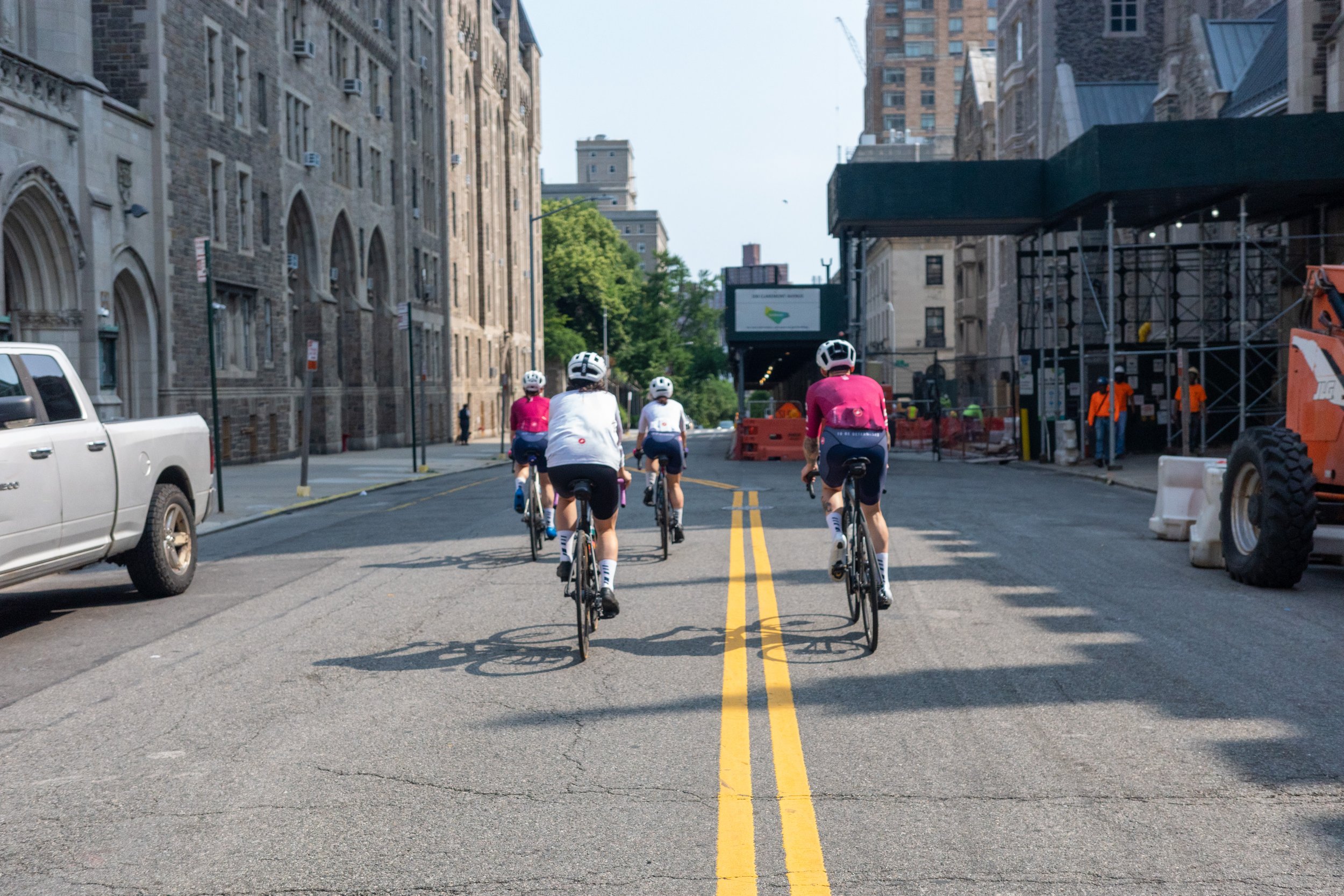
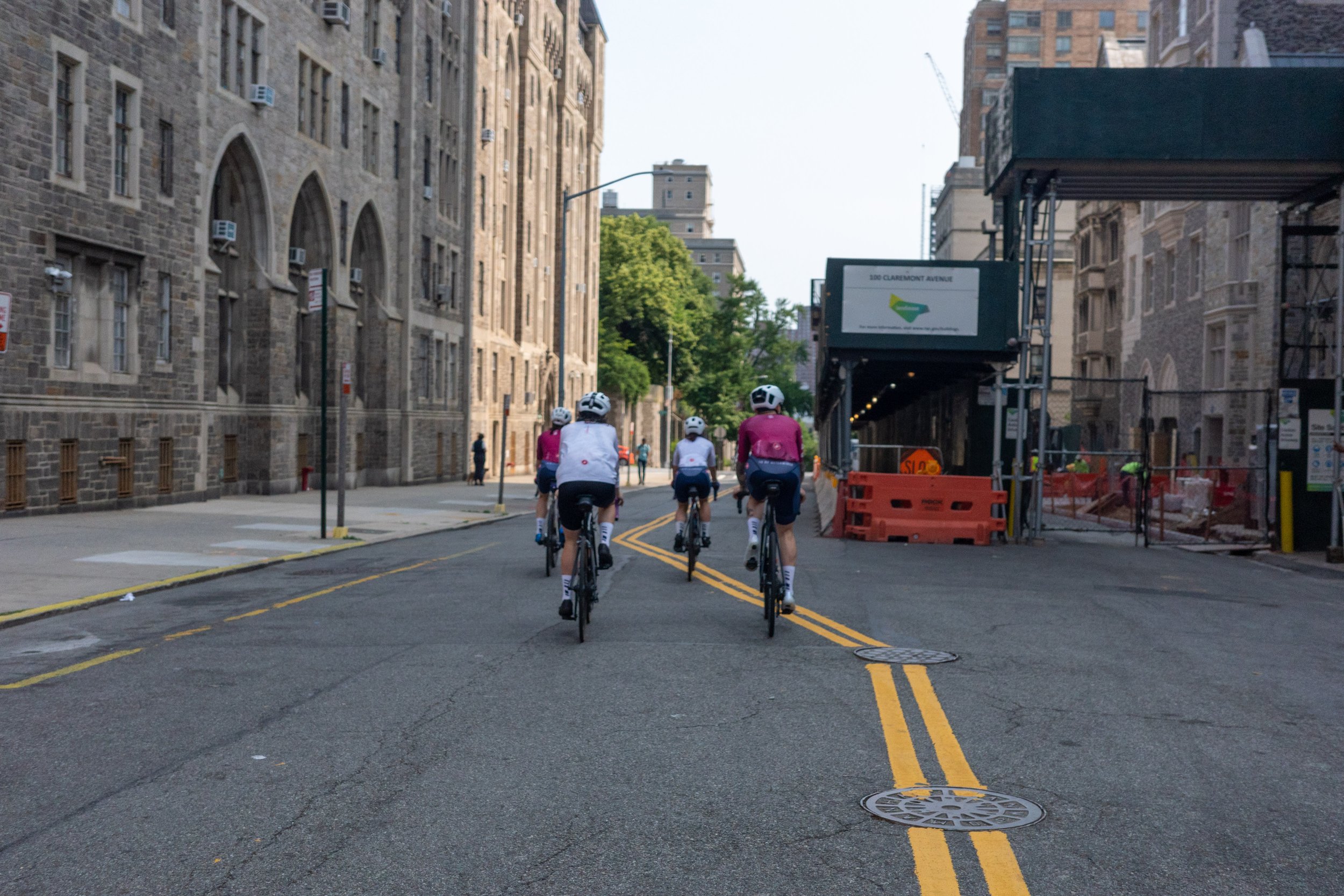
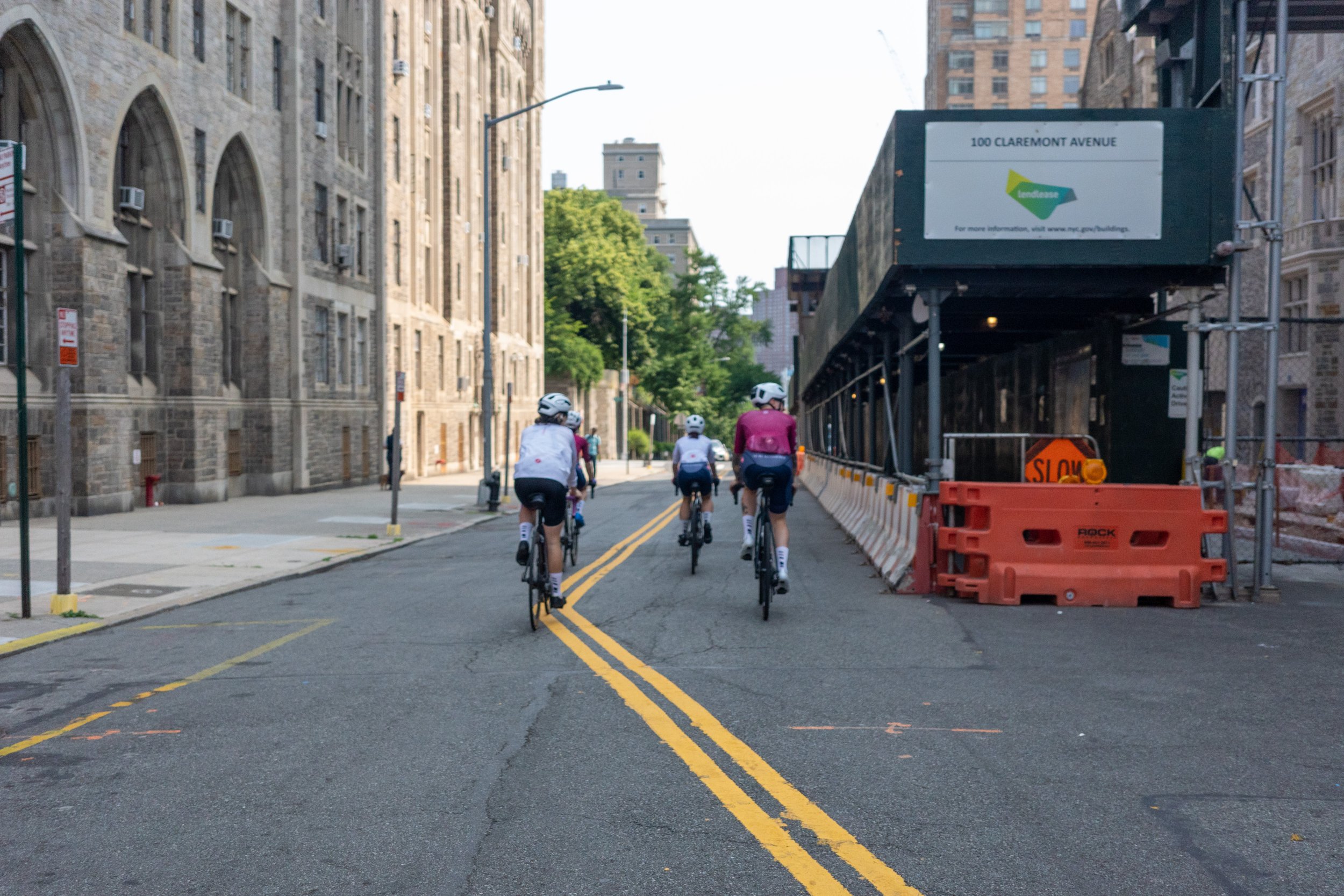
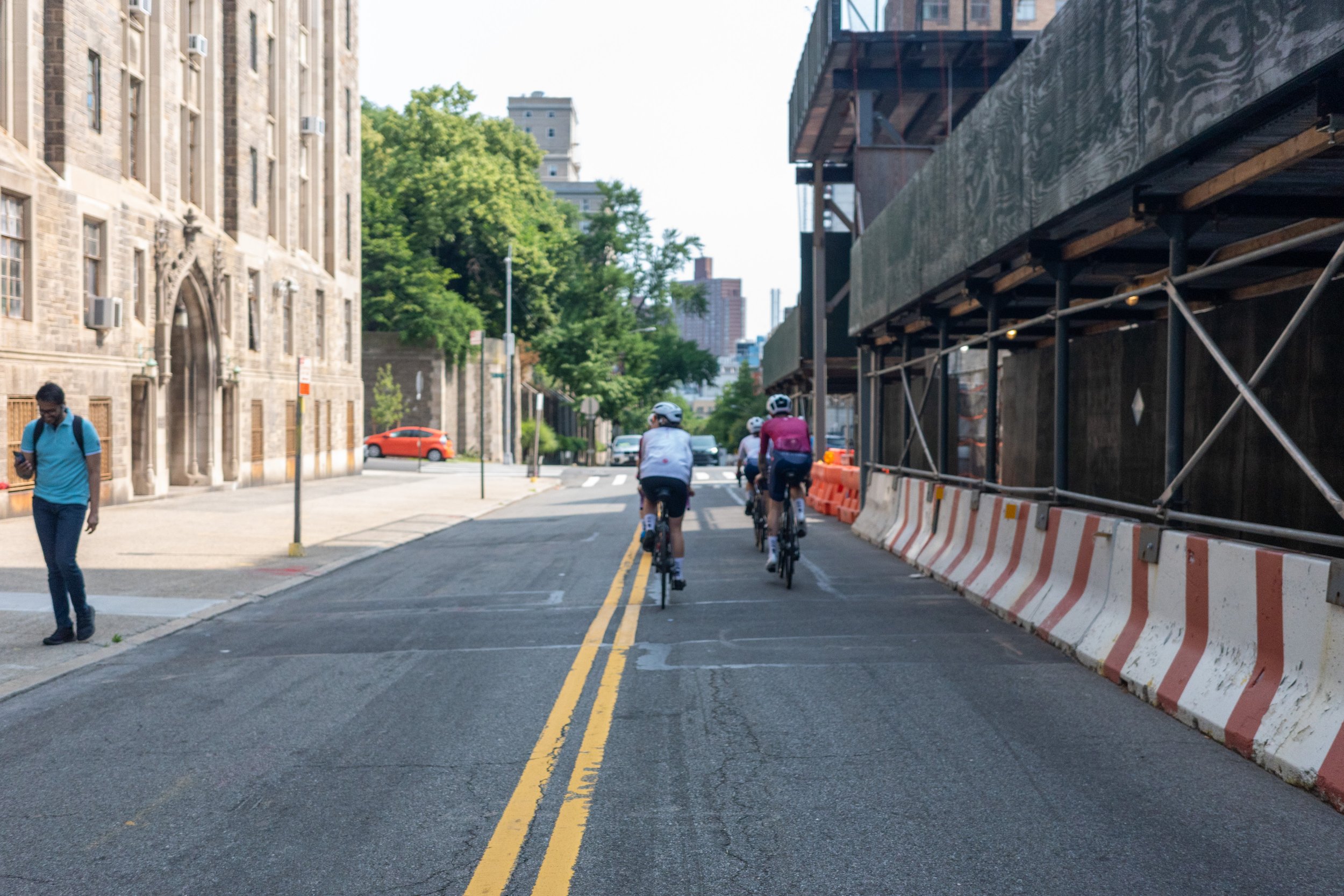

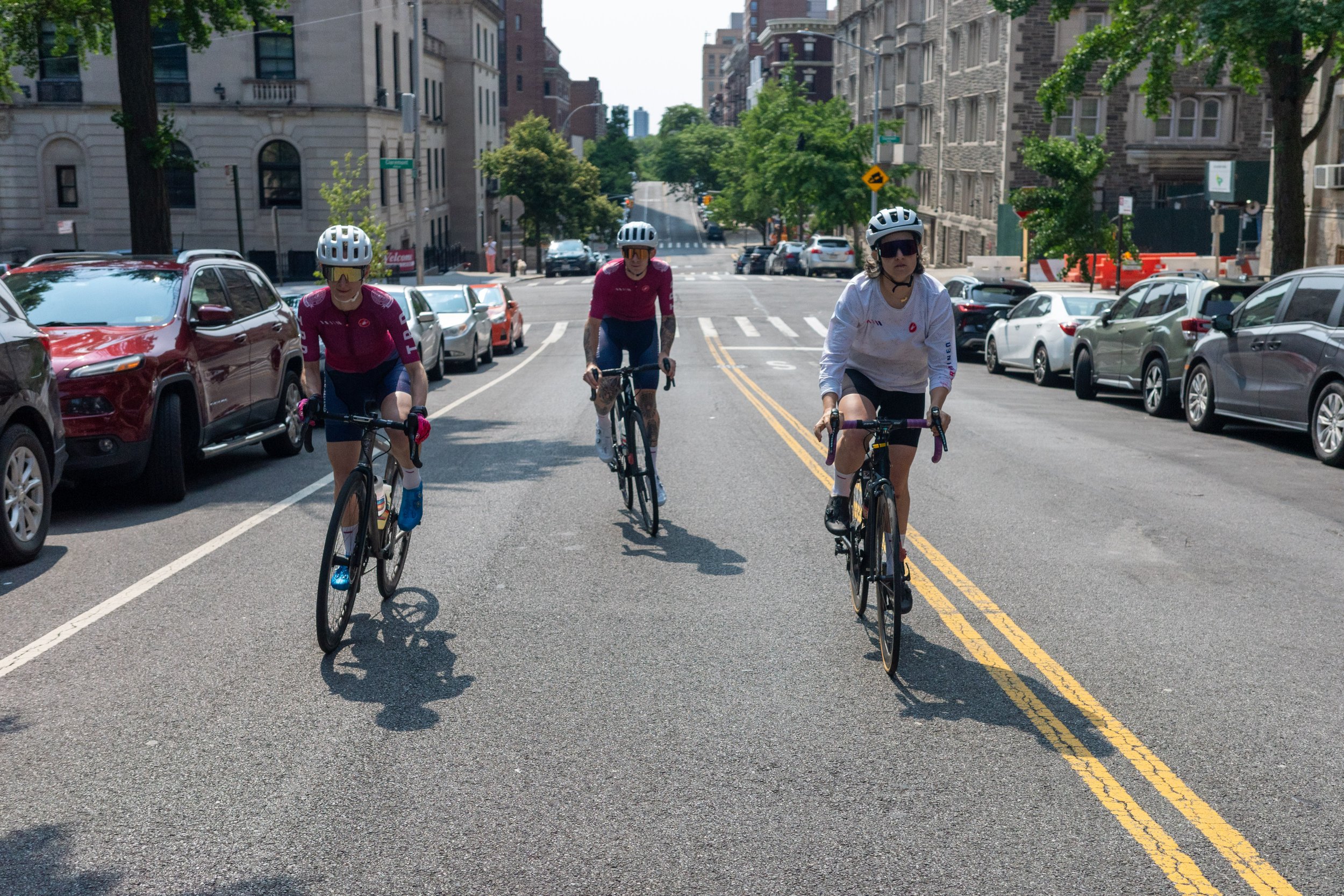

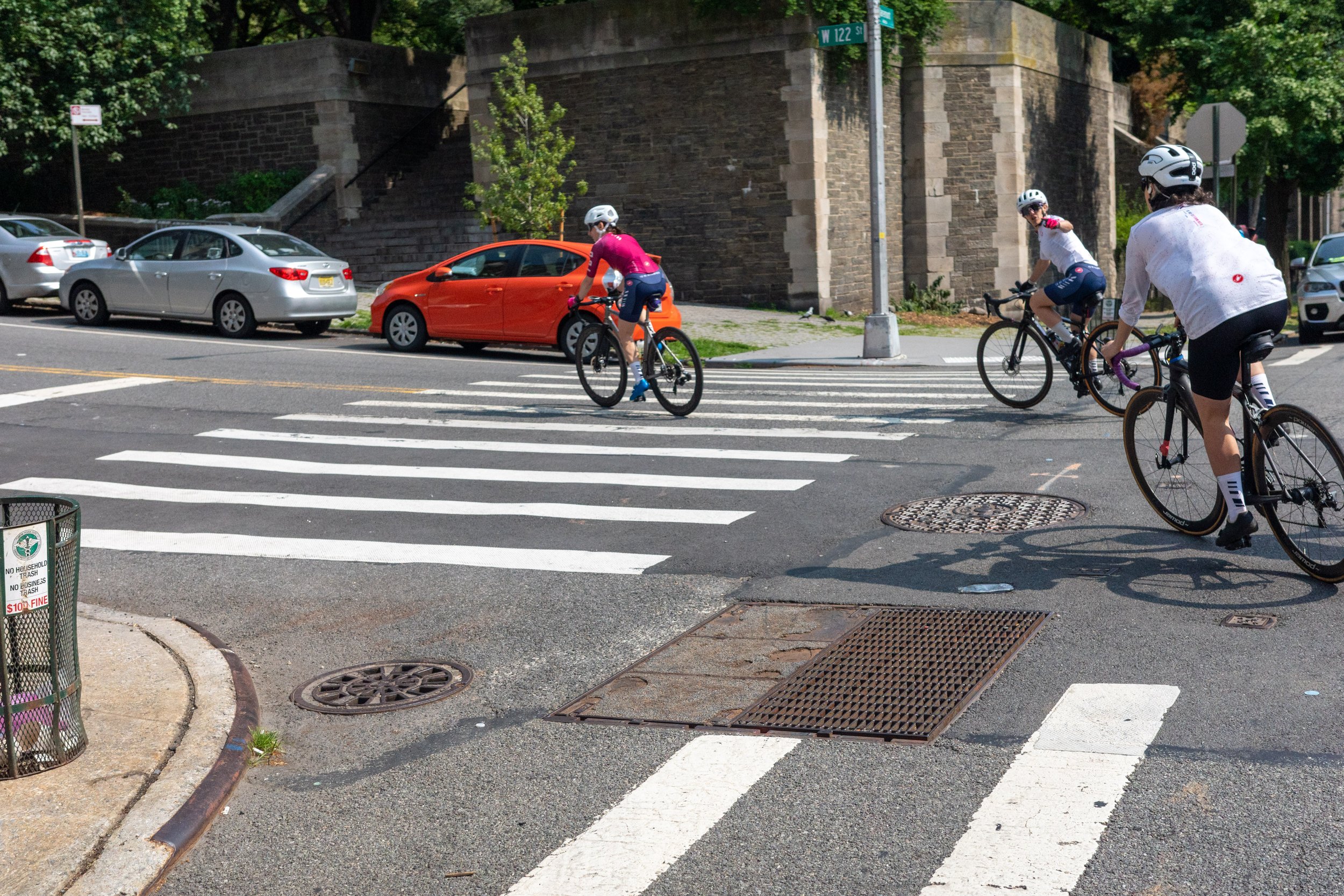
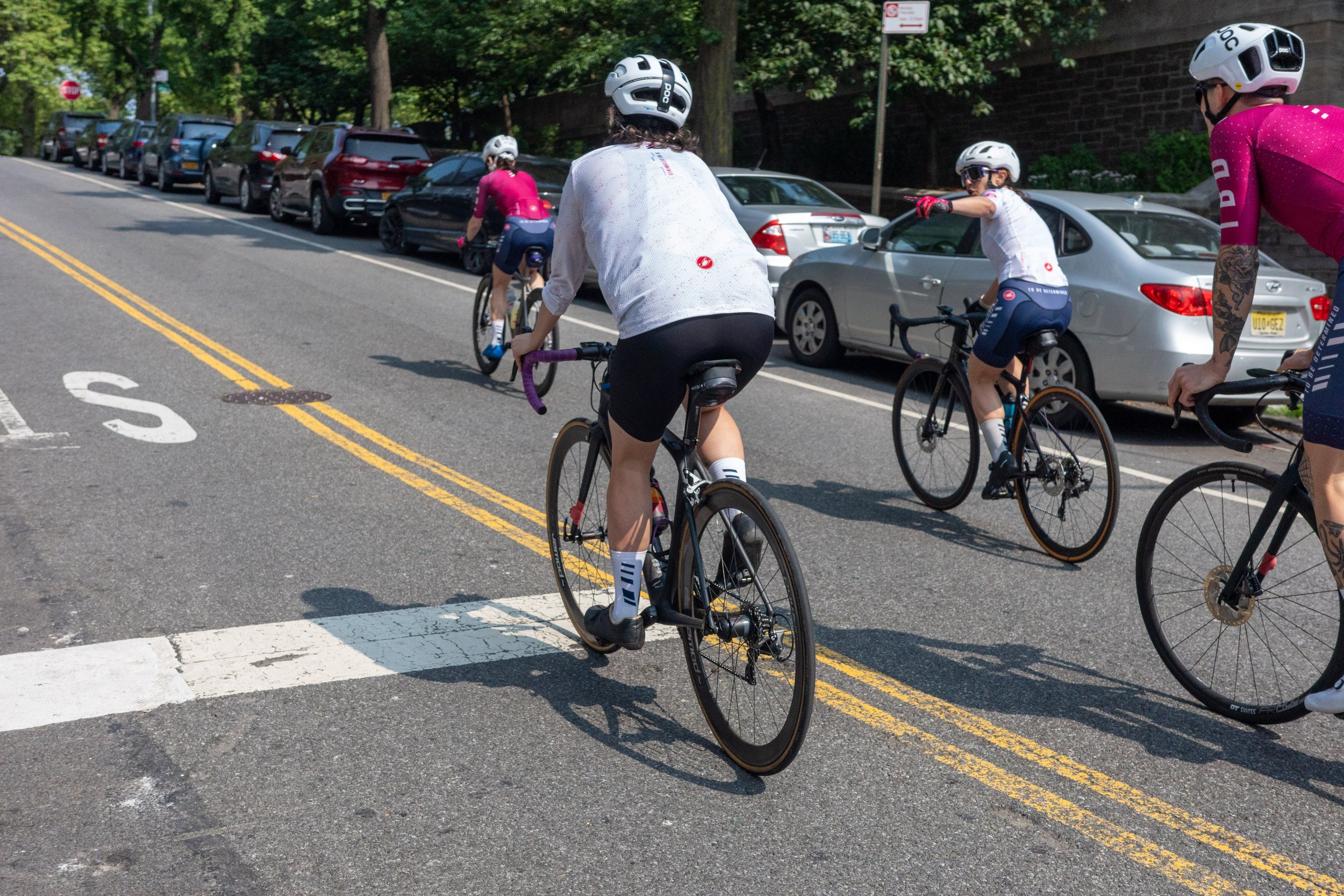
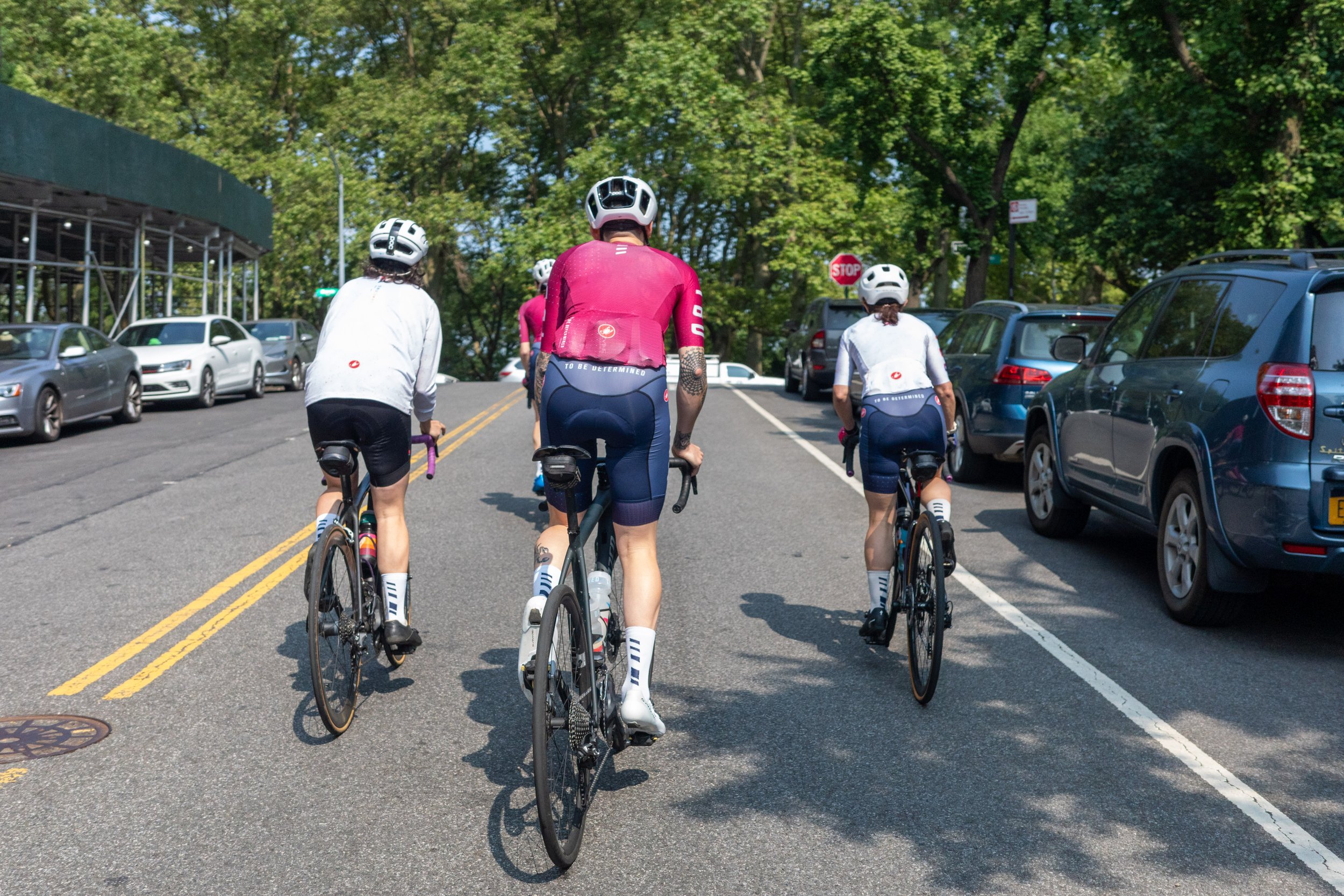
Corner 4: 122nd Street and Riverside (Right Turn)
Corner four is unique in that it's the only right-hander on the course but it's also a very simple affair. Riders on the front with clean lines will be able to float over the 122nd St climb with enough momentum to carry a bit of speed through this wide open turn. In comparison riders in the back may need to pedal through it to close gaps that opened on the climb. The ensuing flat on Riverside Drive North rapidly gives way to a wide downhill grade. This presents a good opportunity to chase back on, particularly if the leaders pull off the gas.
Note that neutral service is usually located on the outside edge of corner four, which is also the start line for the race - keep this in mind as call-ups will typically start before the prior race concludes as there are just a handful of minutes between each race.

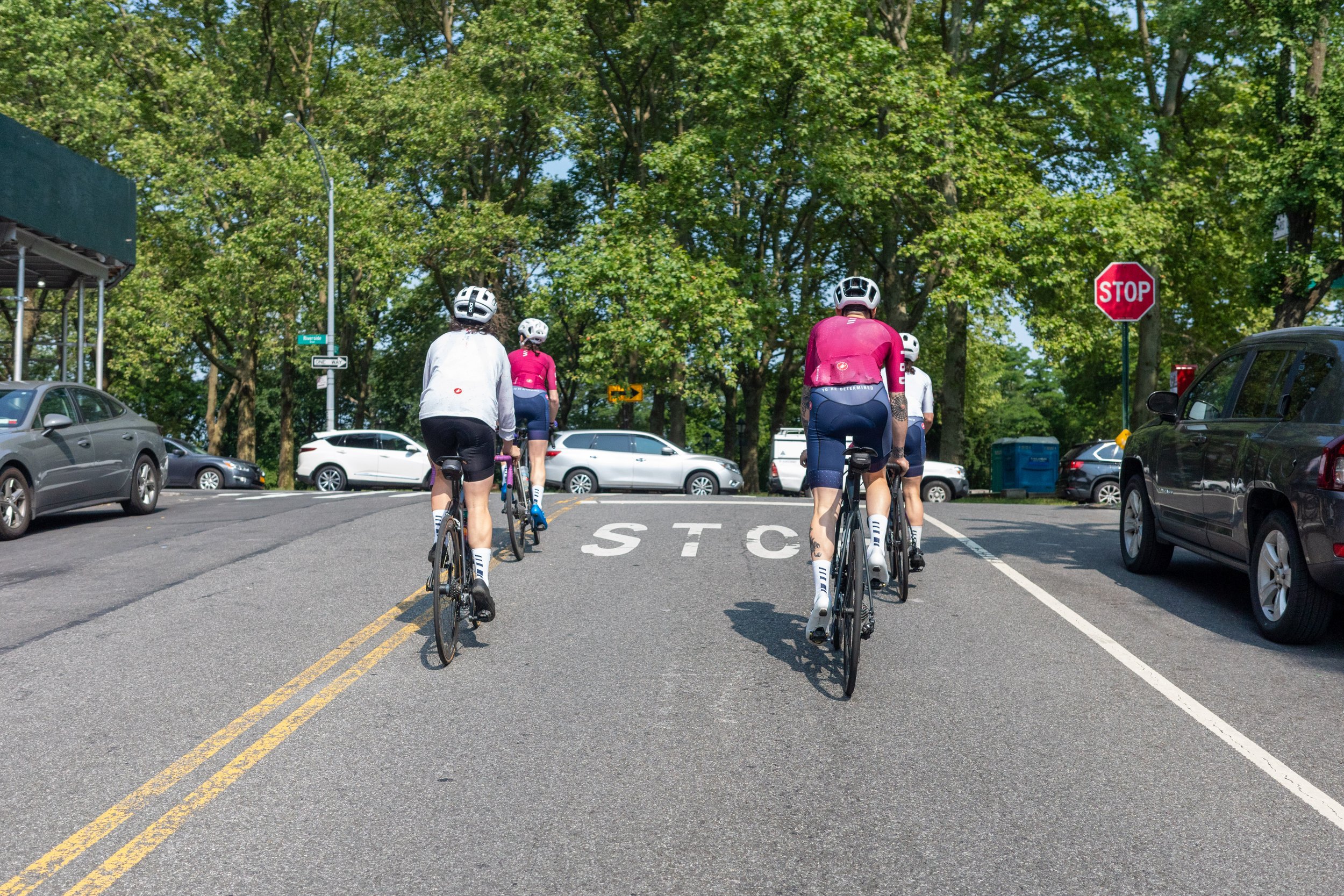
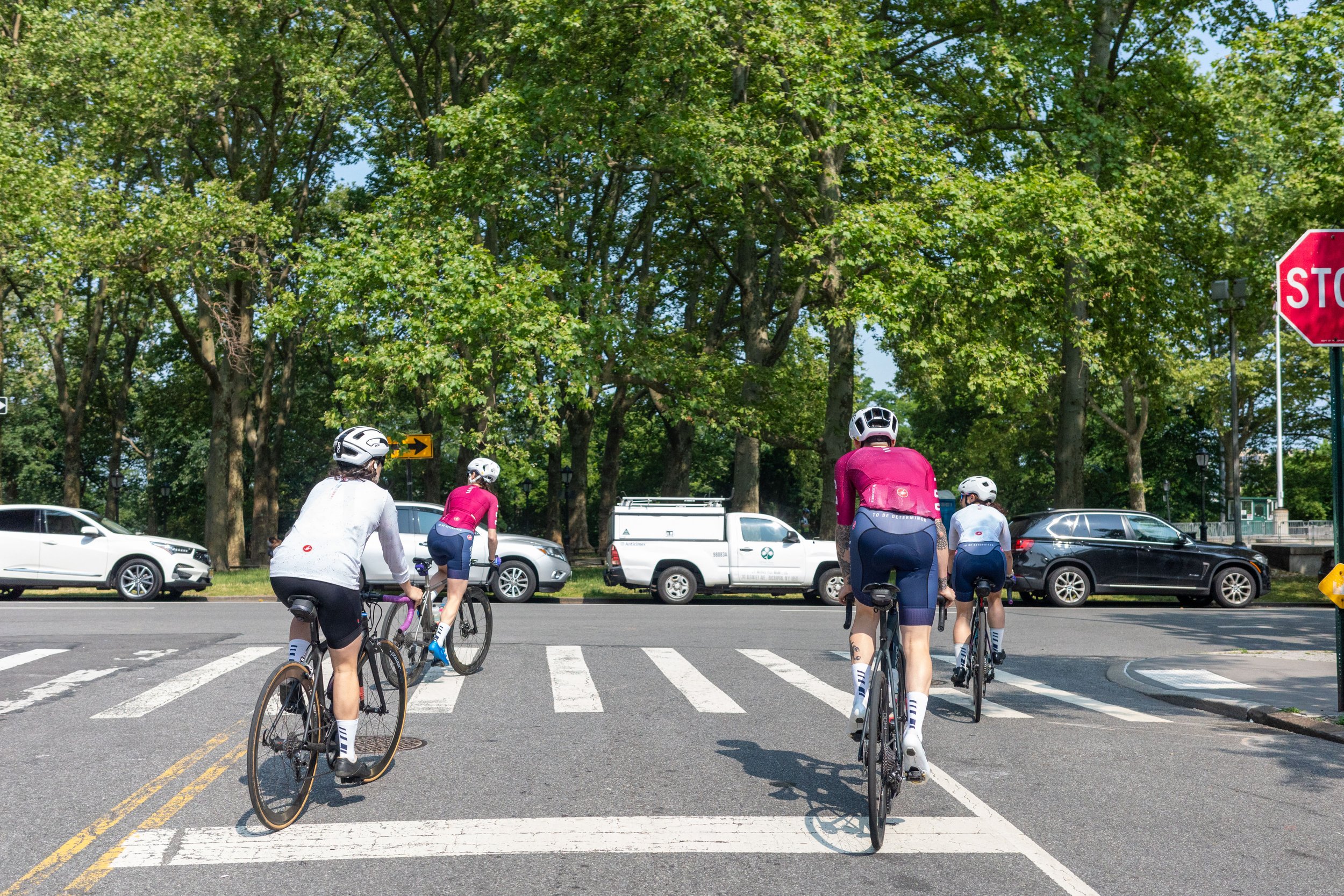
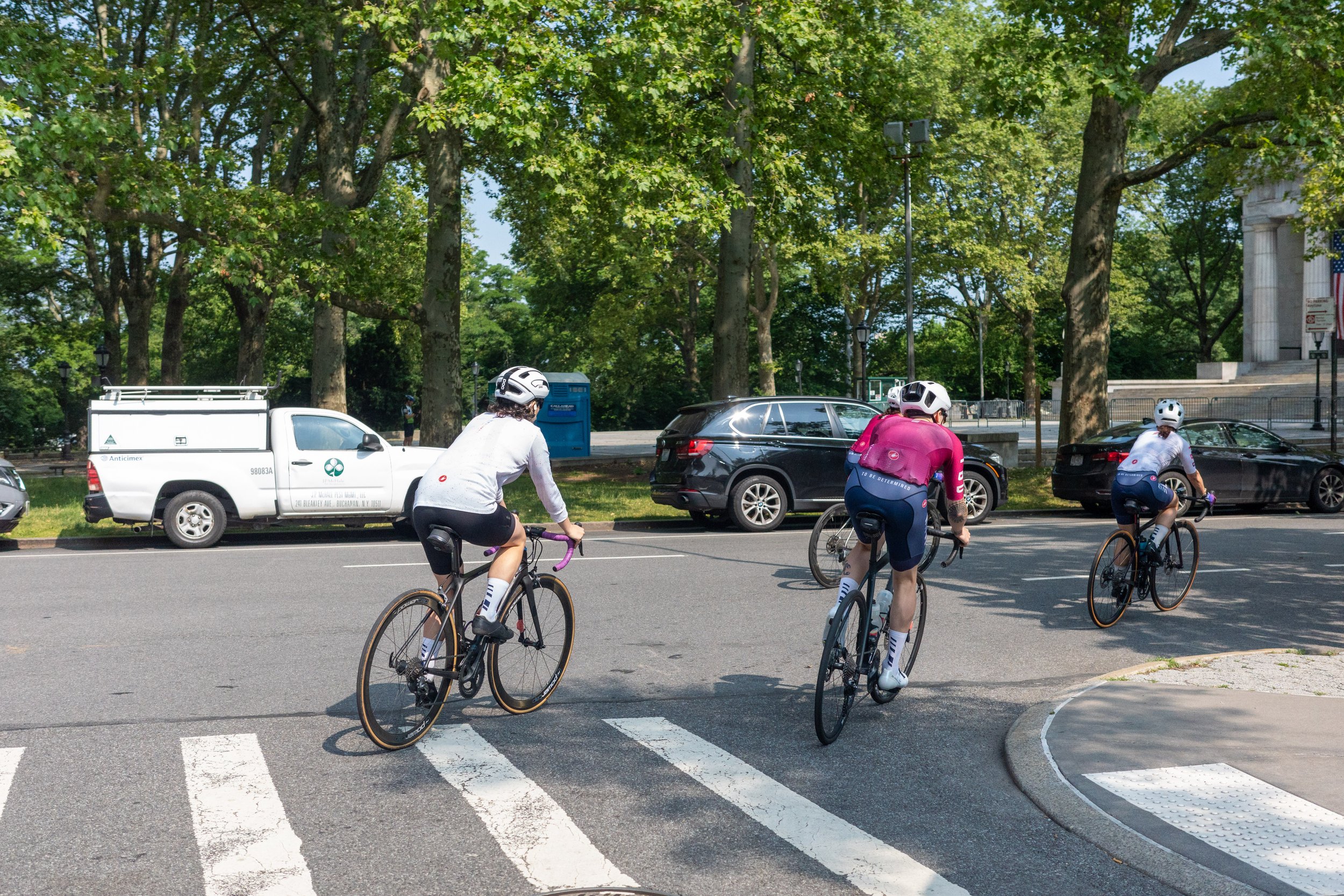
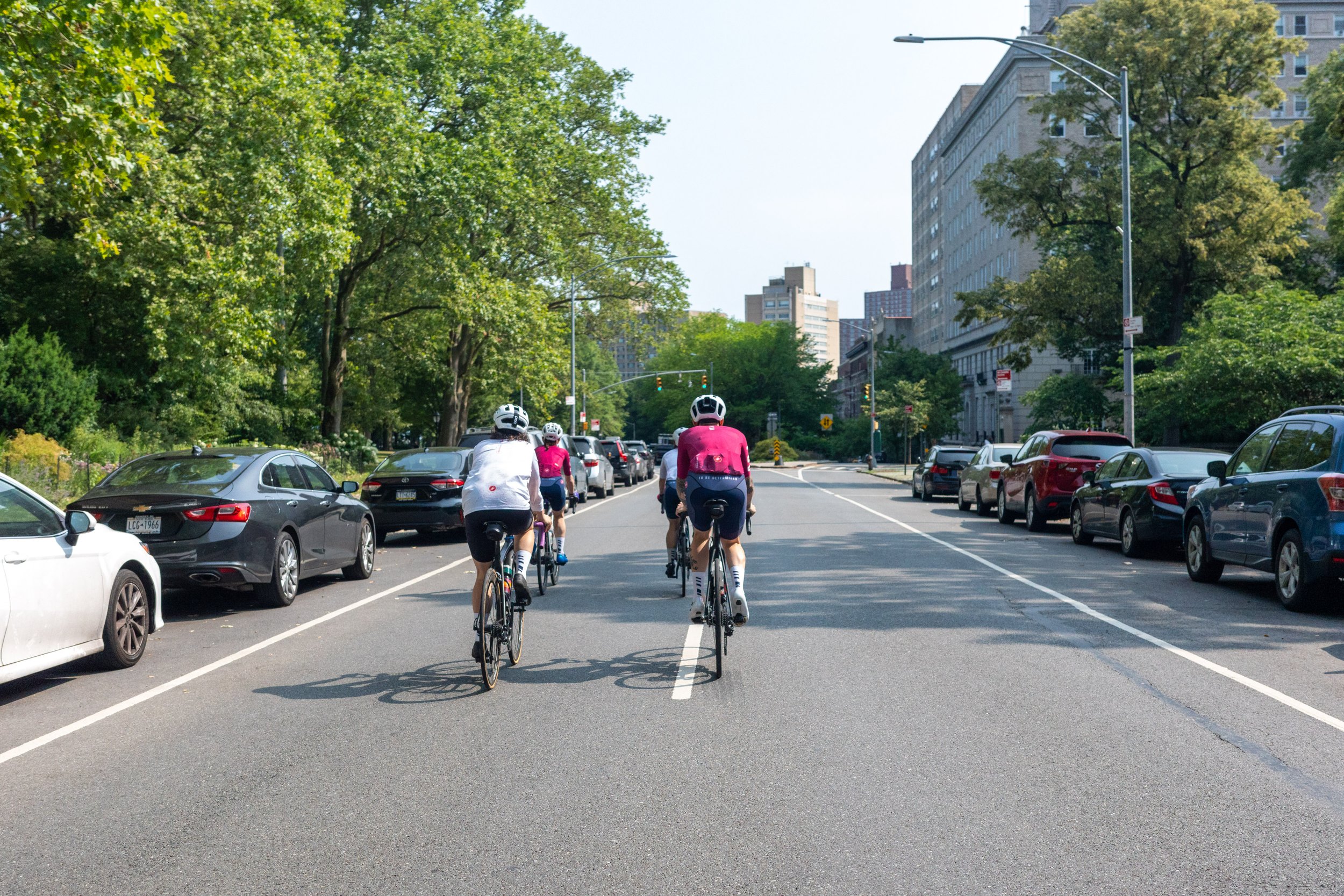
Corner 5: The Riverside U-Turn (Left Turn)
The final corner on the course is definitely the fastest - a sweeping 180-degree left-hander that comes at the end of the long-straight and gradual descent on Riverside Drive North. While there was some debris in the roadway during our recon, this corner should be swept and very smooth on race day. There is plenty of room to maneuver on the straight going into the corner and this corner is not technical enough to be a deciding factor in the race - it's one of those course features where 'the race cannot be won in this corner but it can most definitely be lost with a crash.'
So keep it safe through this turn - for everyone's sake. The best advice is to make sure the field stays sufficiently strung out going into and coming out of the 180. Bunching into a fast hairpin is where things get hairy, not only costing you positioning but also potentially ruining everyone's race with a crash.
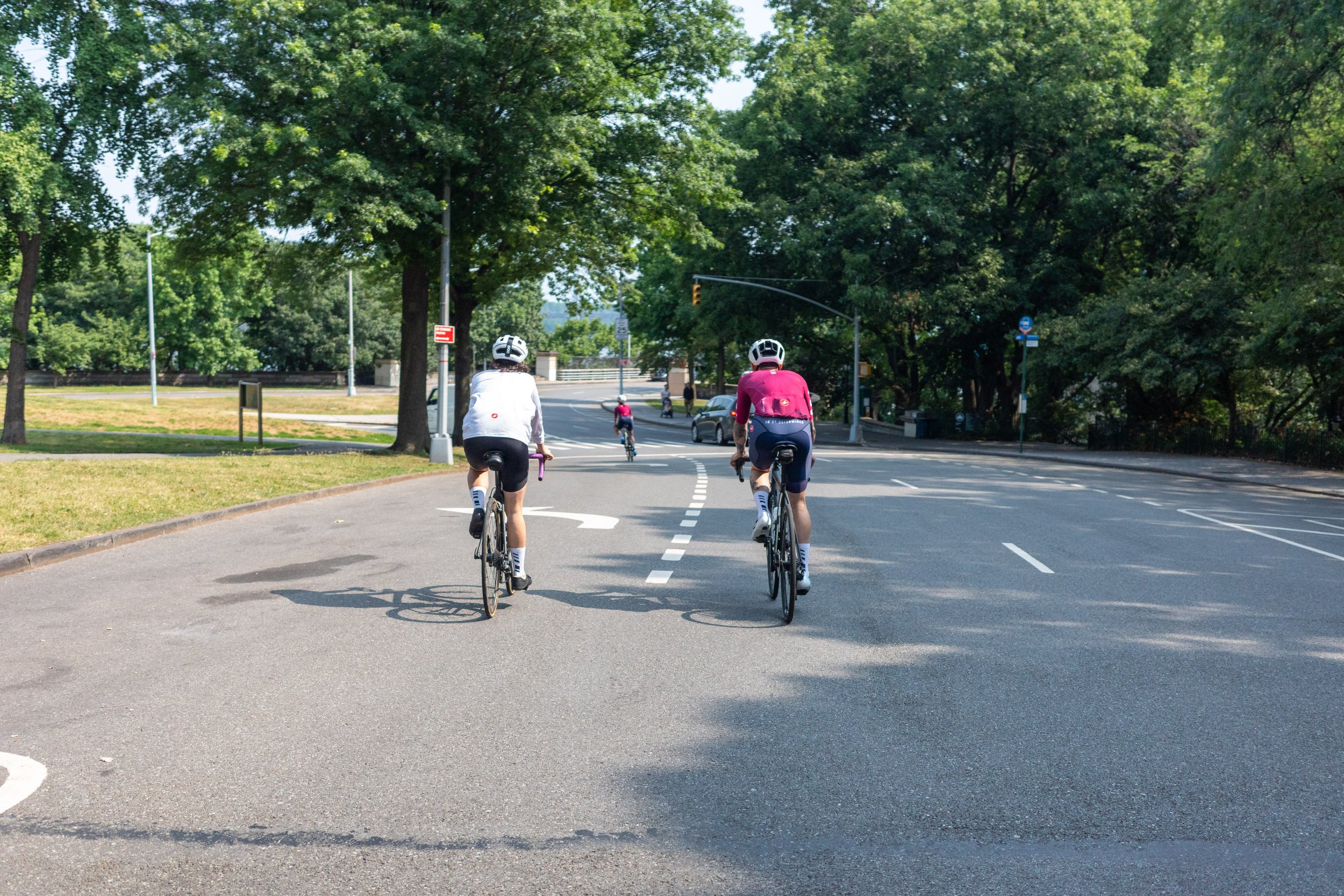
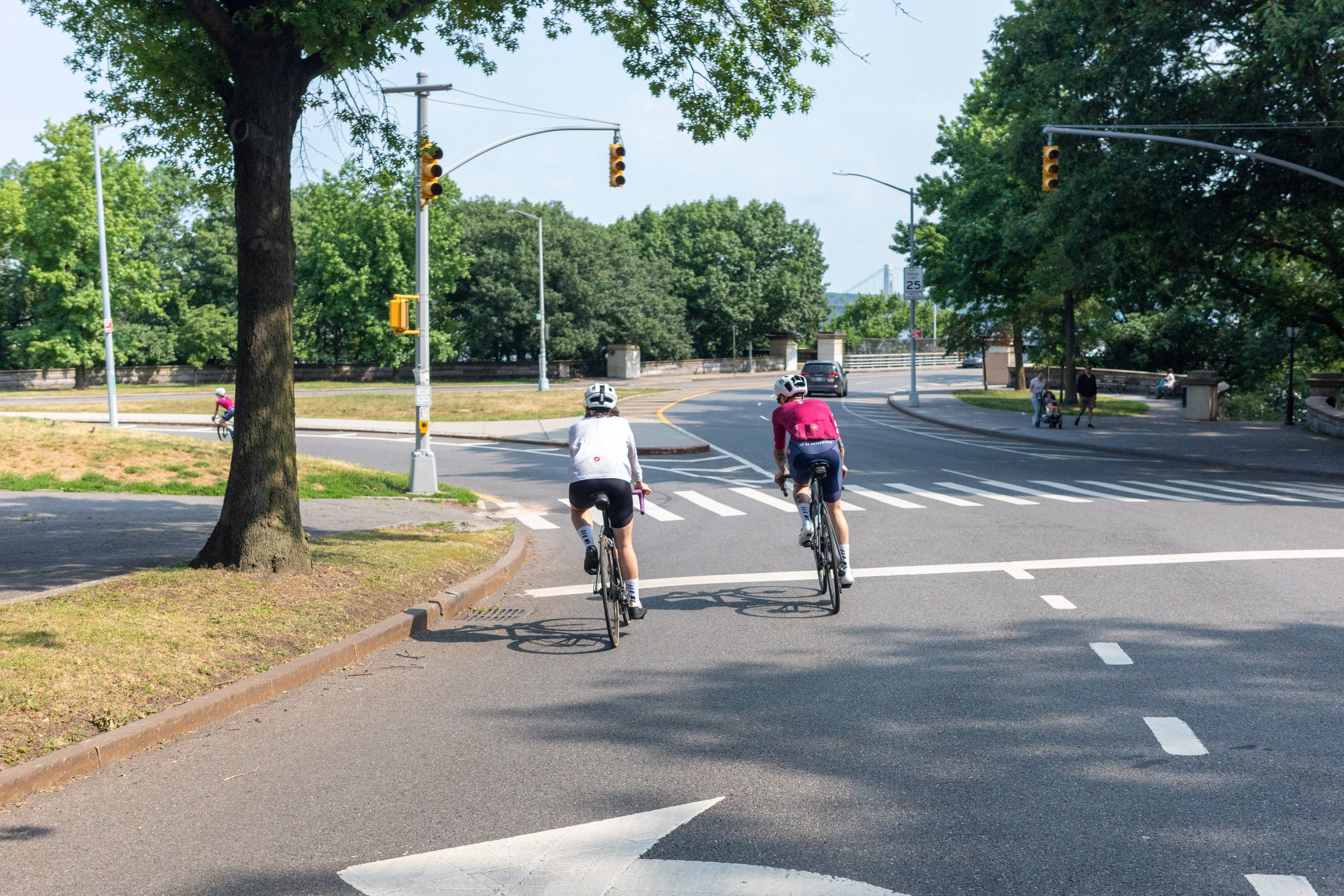
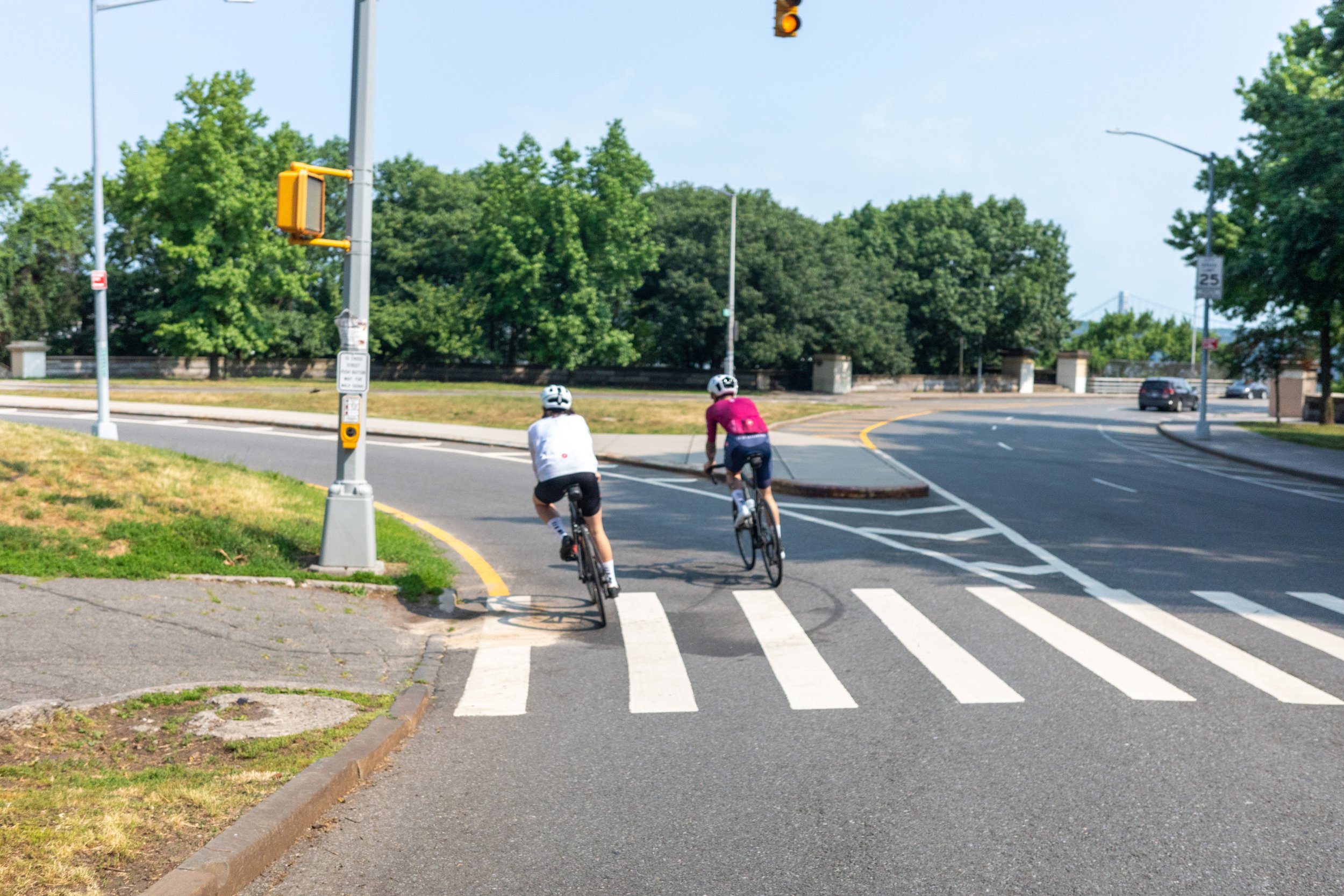
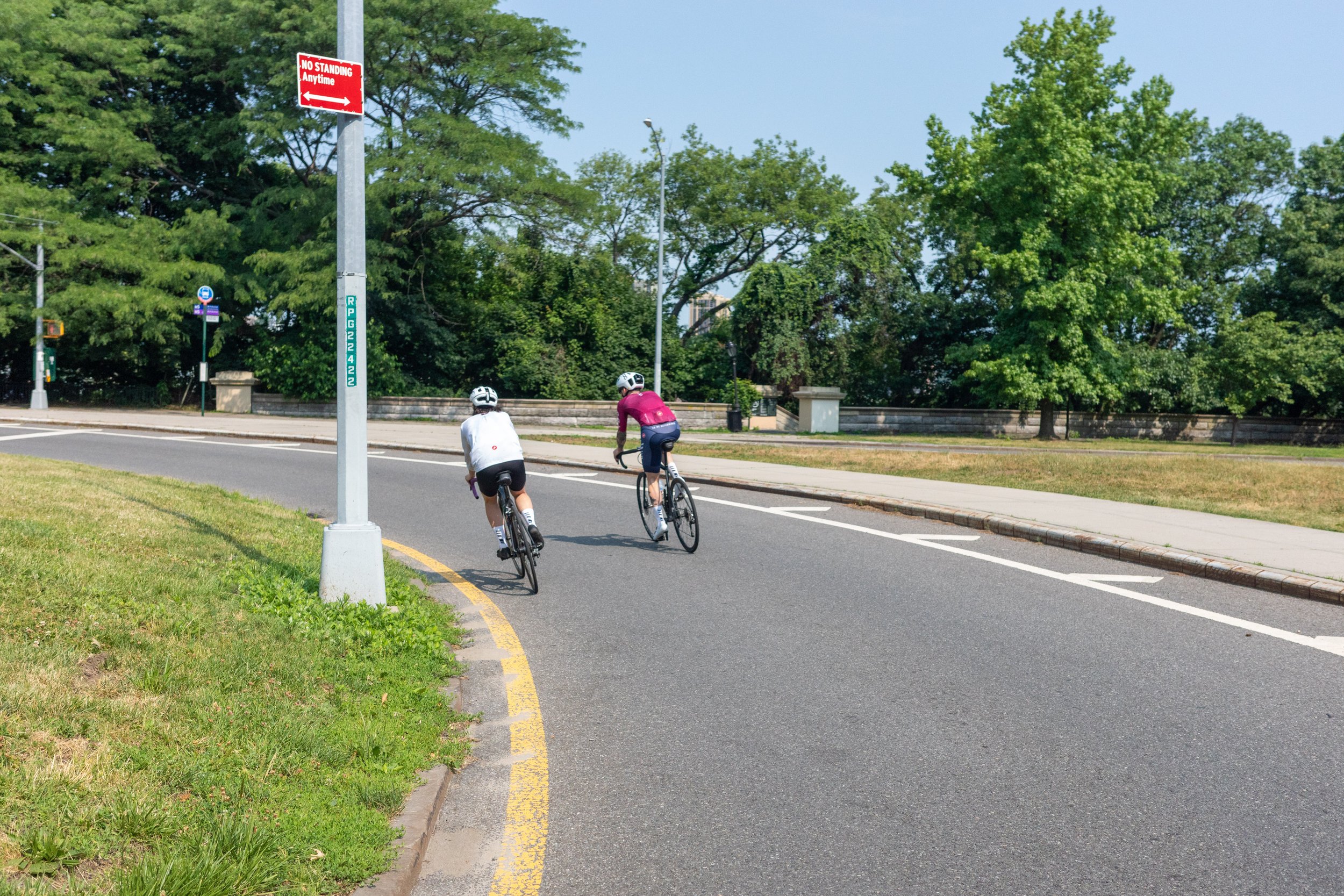
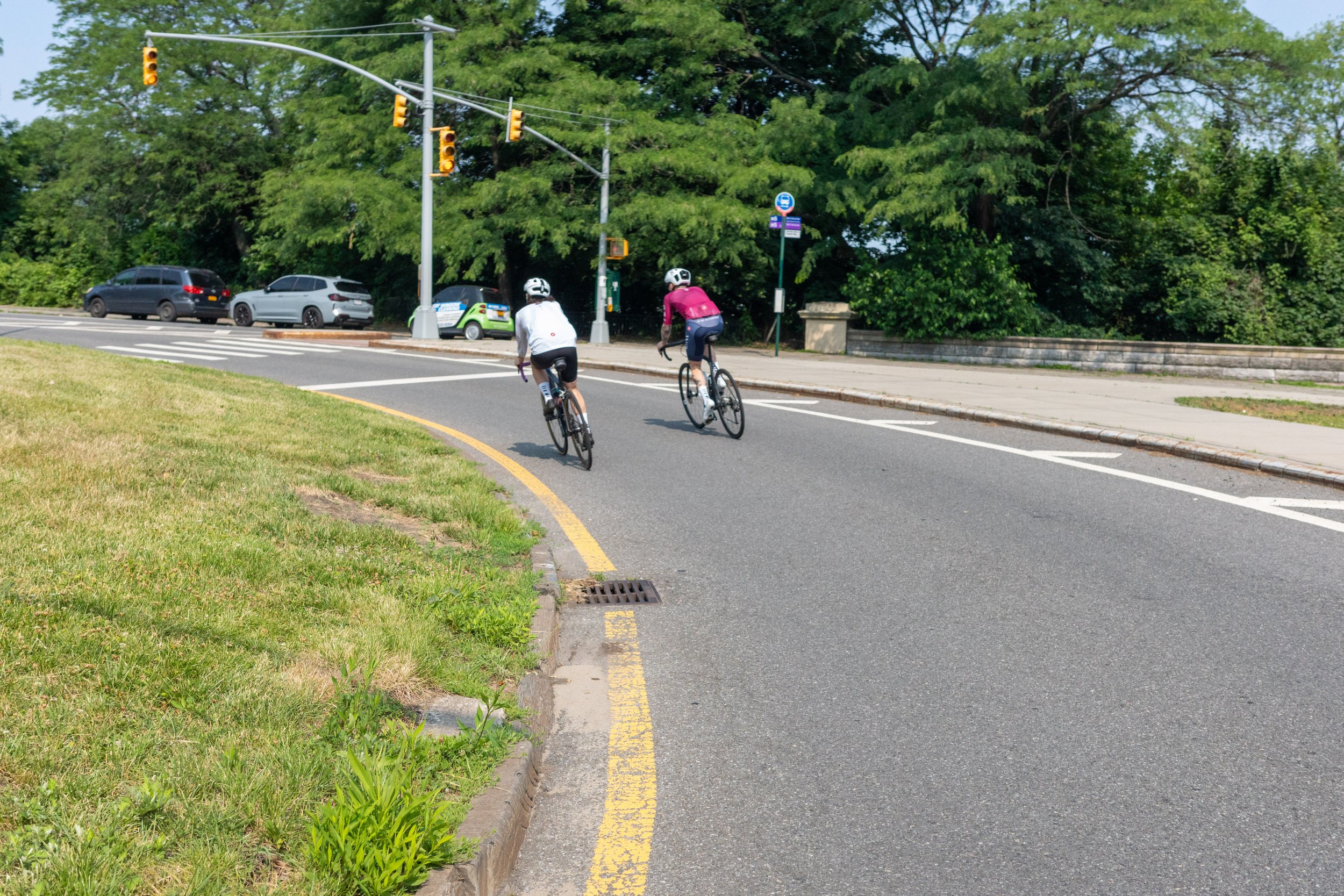
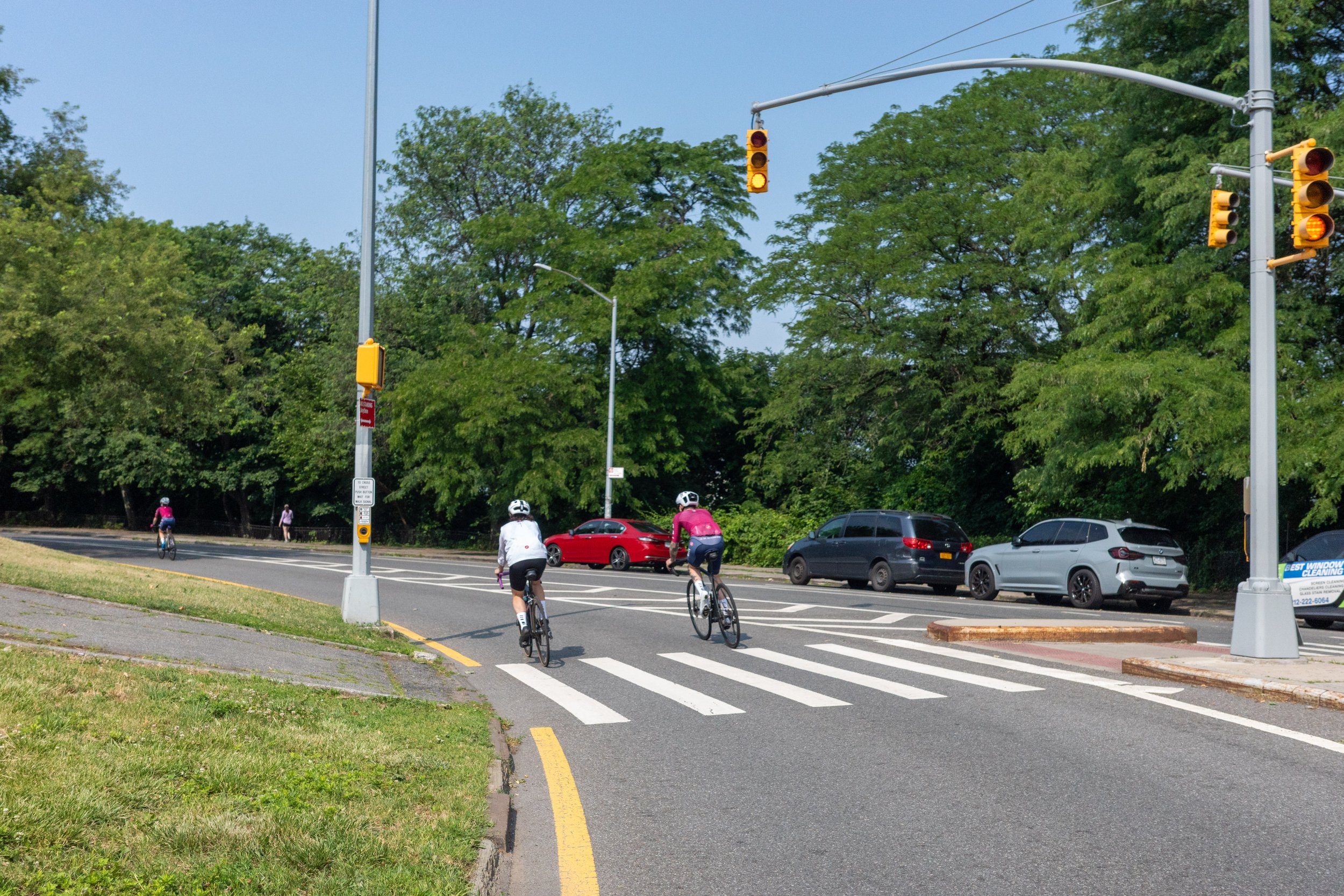
Finishing Straight (Riverside Drive Southbound)
The finishing straight for the Grant's Tomb Crit is a long, gradual uphill. In recent editions the finishing line has been ~400 meters from the exit of corner 5, presenting plenty of opportunity for riders to launch too early and run out of steam, further underscoring why corner 5 rarely dictates the outcome of the race. This is especially true given how wide Riverside Drive is through this stretch - though the useable width of the road can vary depending on whether all of the parked cars were moved overnight.
In recent years the outside of the roadway hasn’t been clear, meaning one racing lane is lost to parking. The left side of the road usually has some debris in it after parked cars have been removed, but otherwise this is a smooth stretch of pavement. One last note - the wind direction can play a significant role in the sprint as well. While the new summer date changes the potential weather impact, recent years have featured wind from just about every possible direction. So it's definitely worth keeping a sense for the wind direction on race day and adjusting your sprint point accordingly.
Good luck racers!
